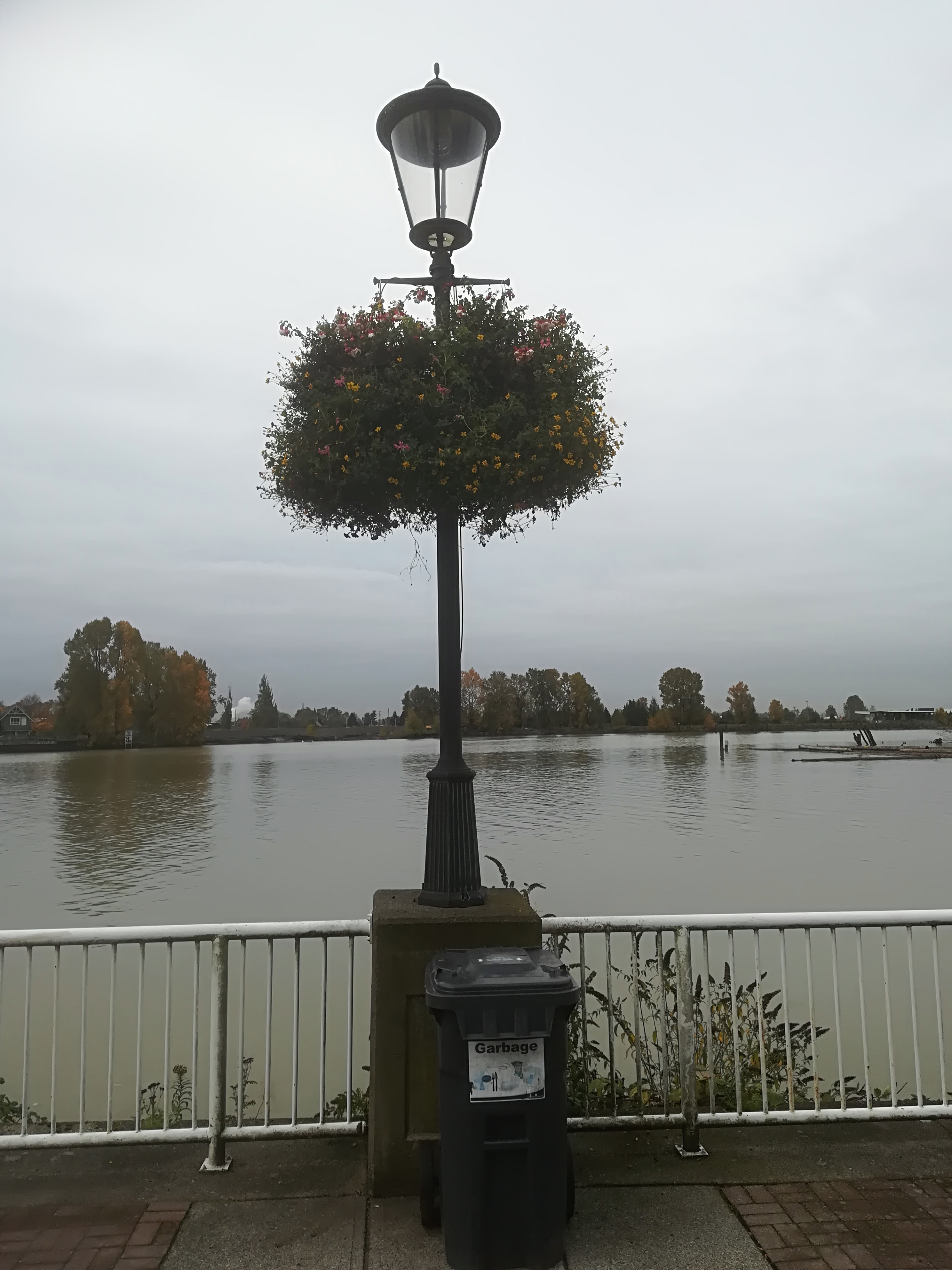

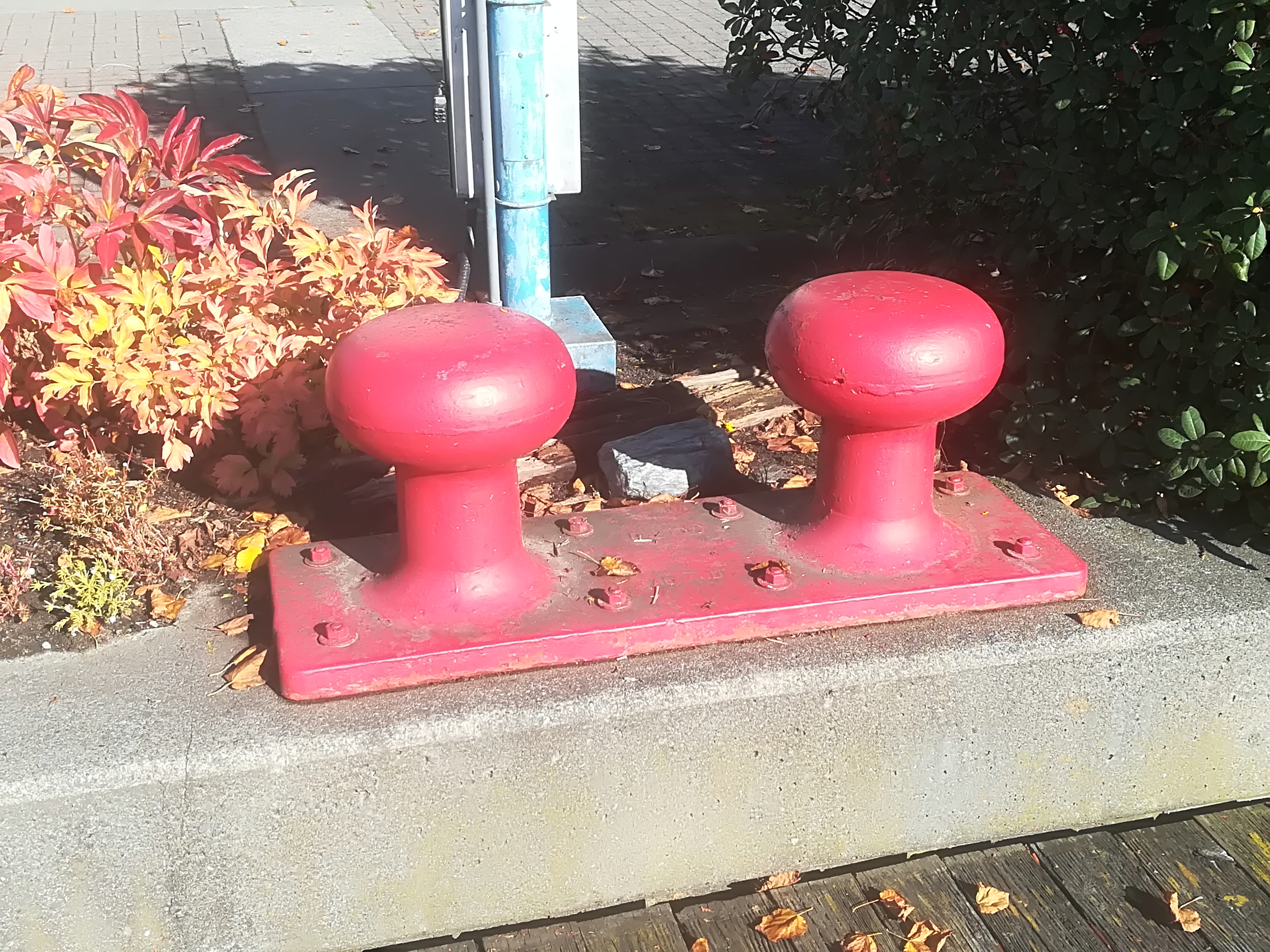
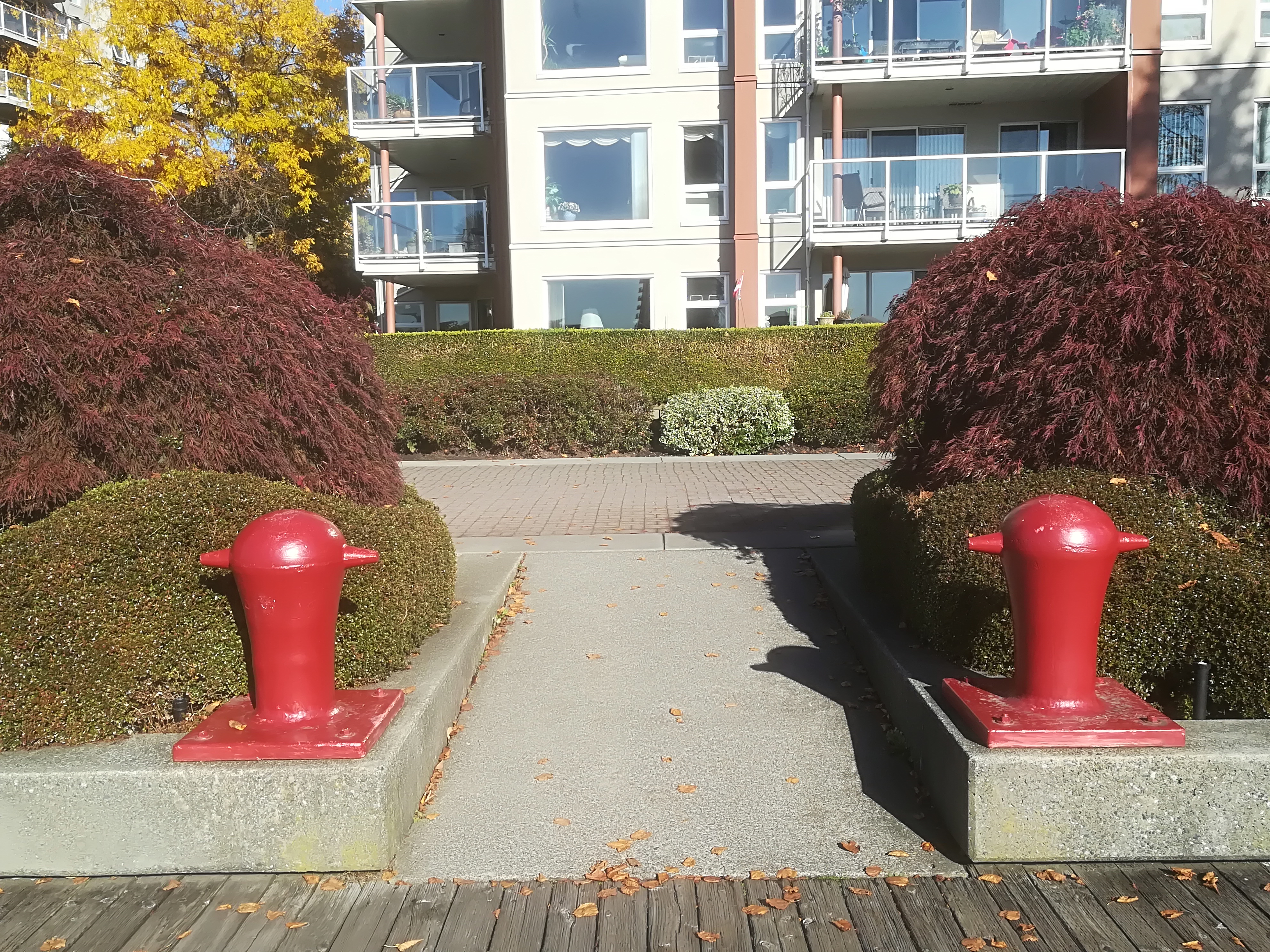

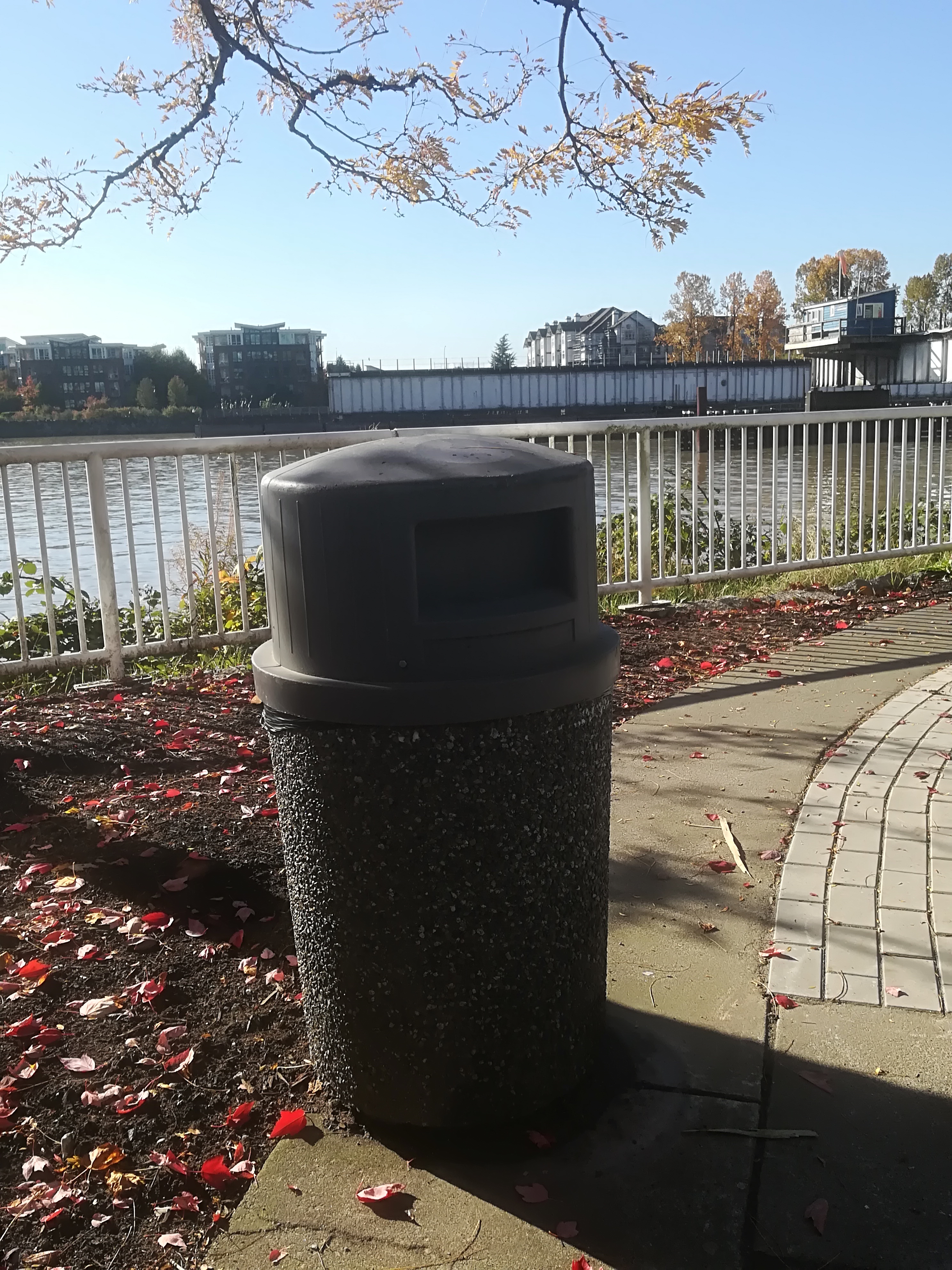
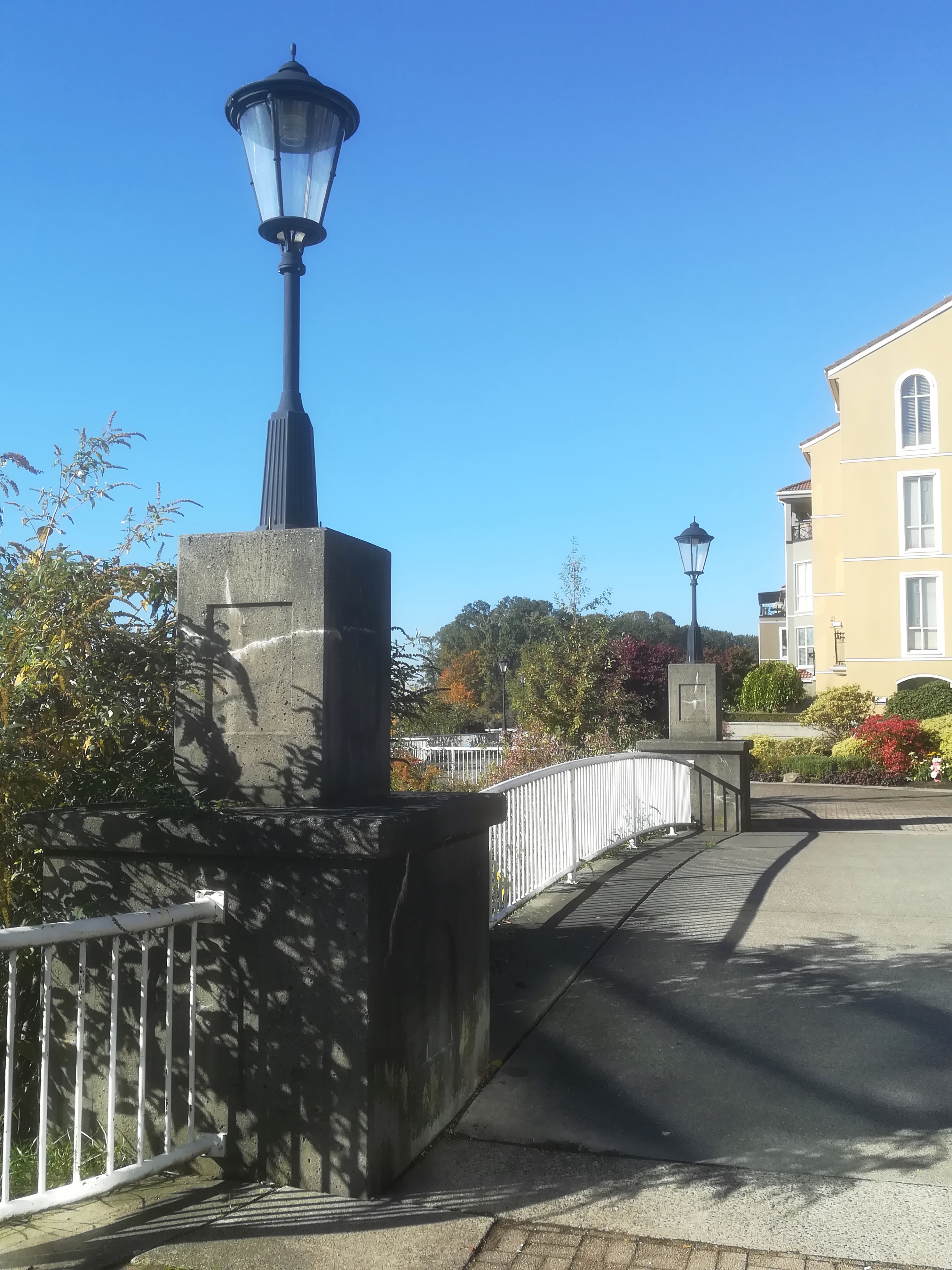
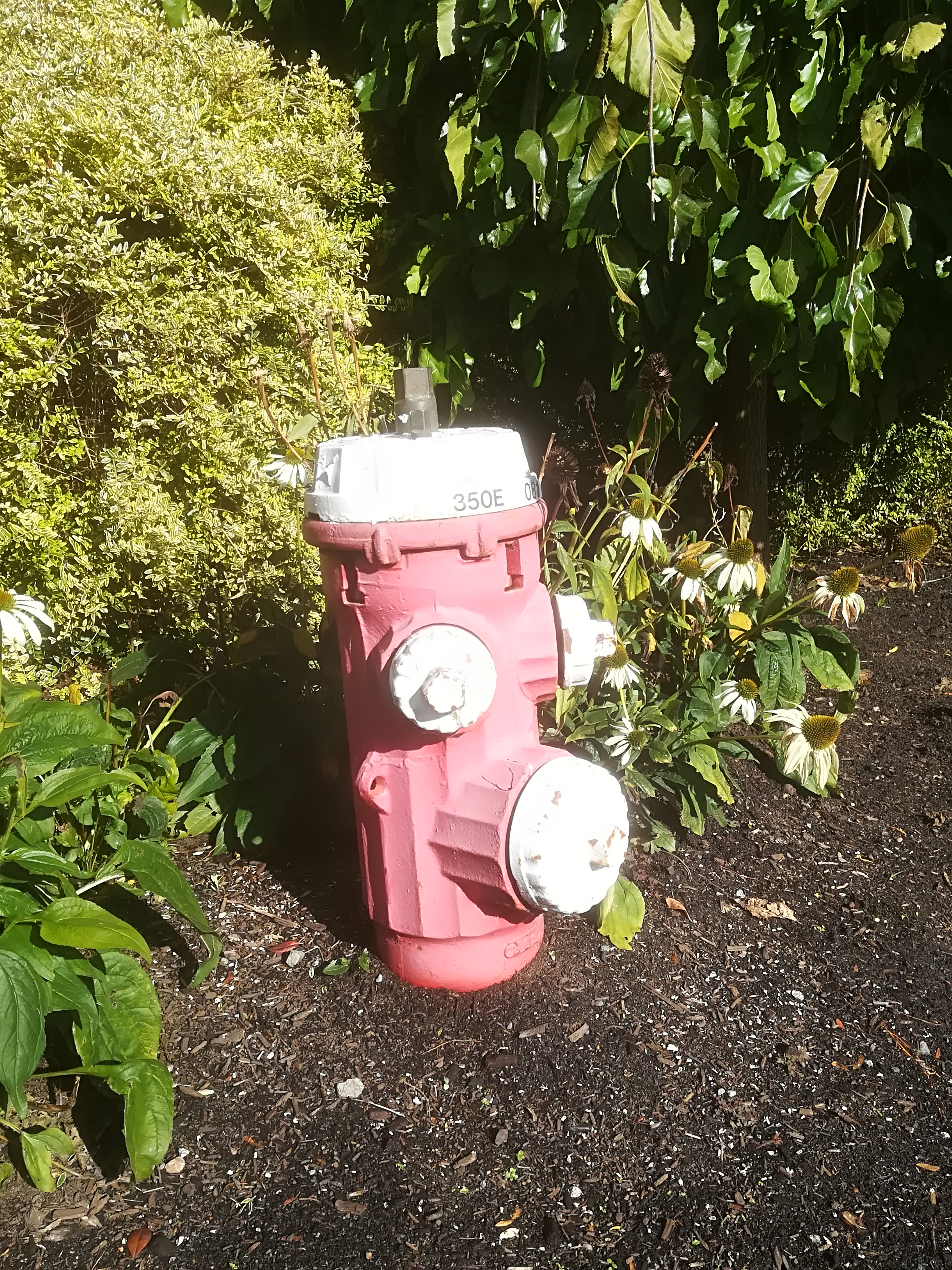

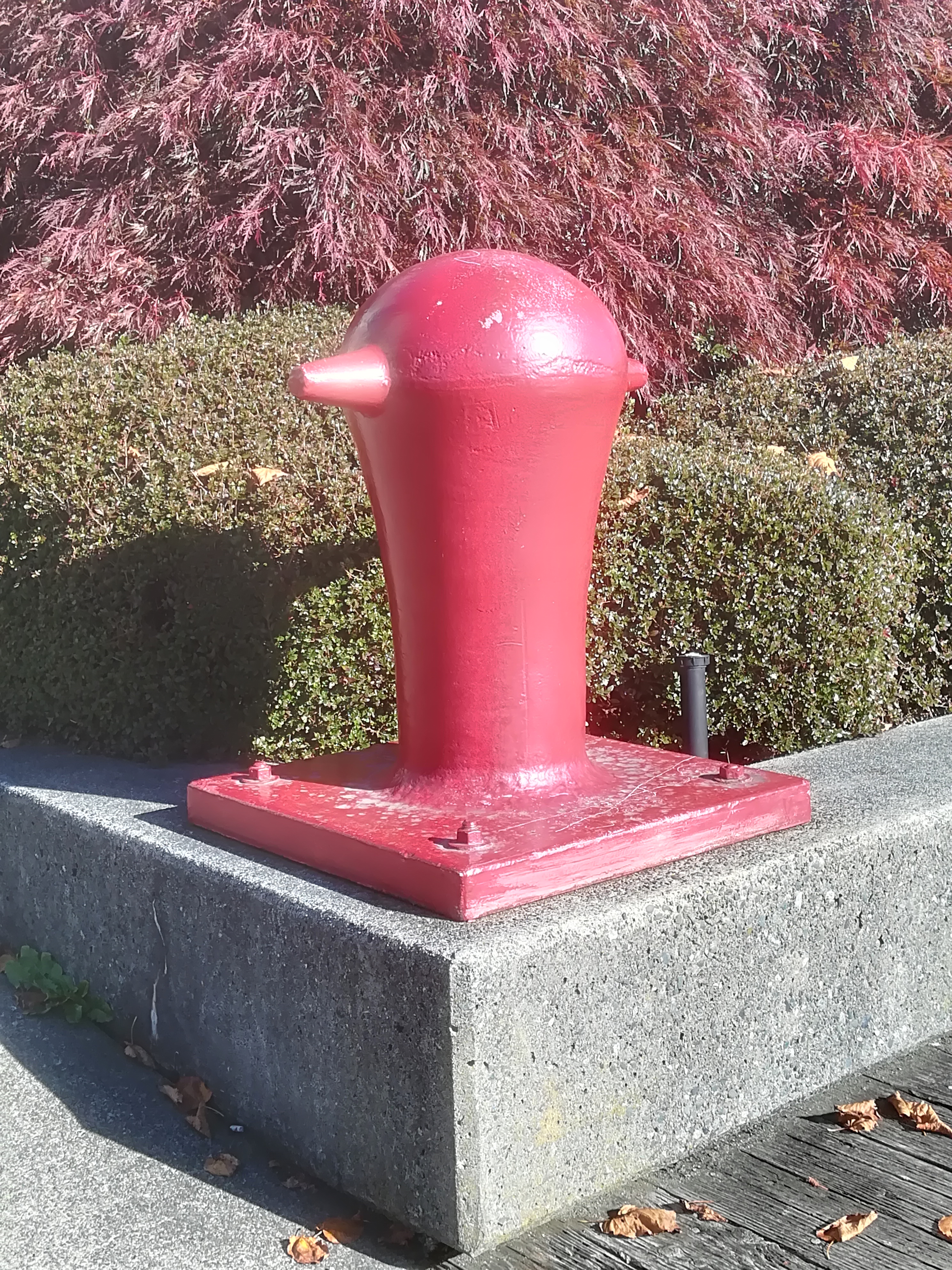
The Charm of Poplar Island




The Charm of the Fraser (downstream from the Inn)
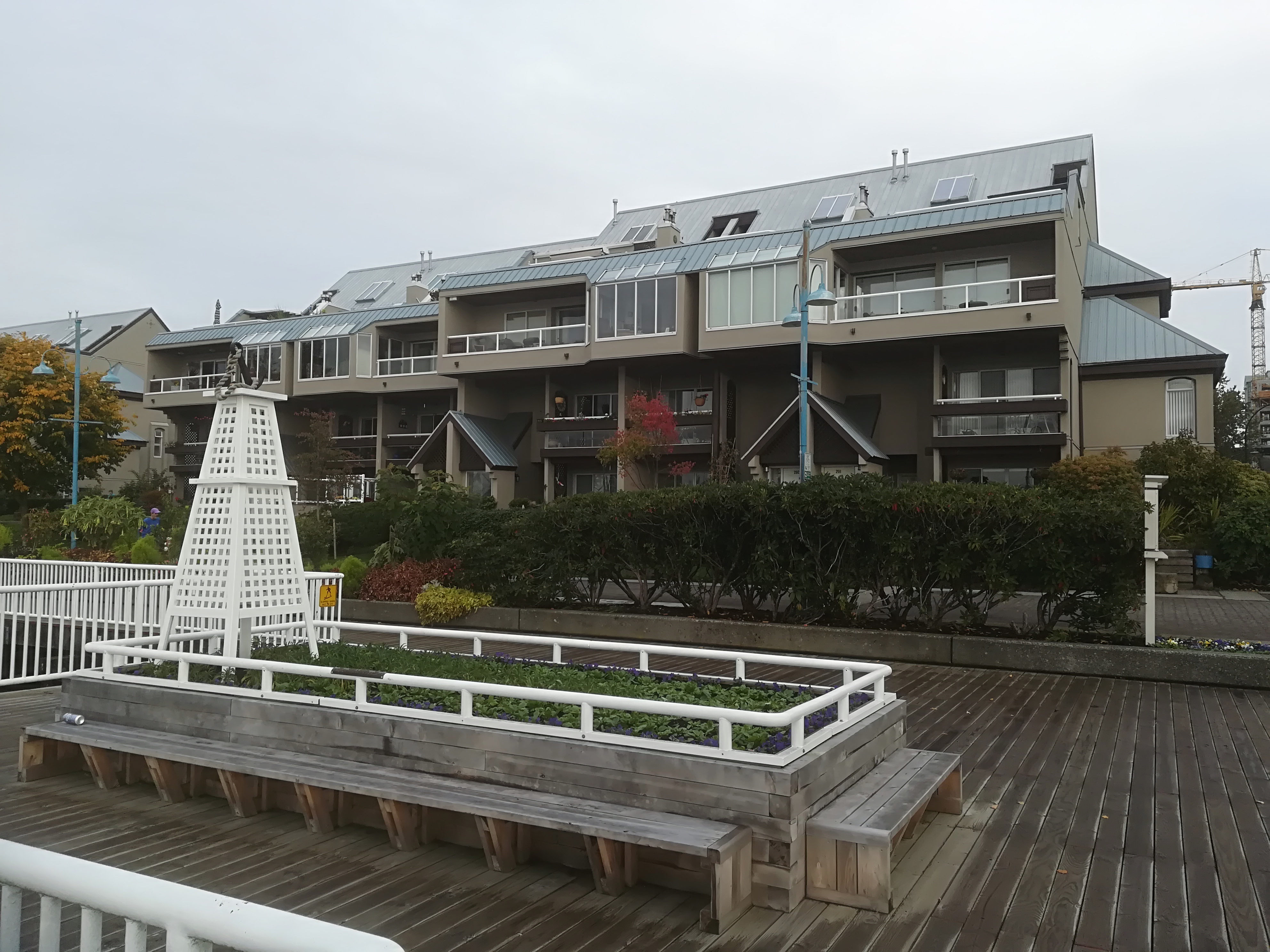
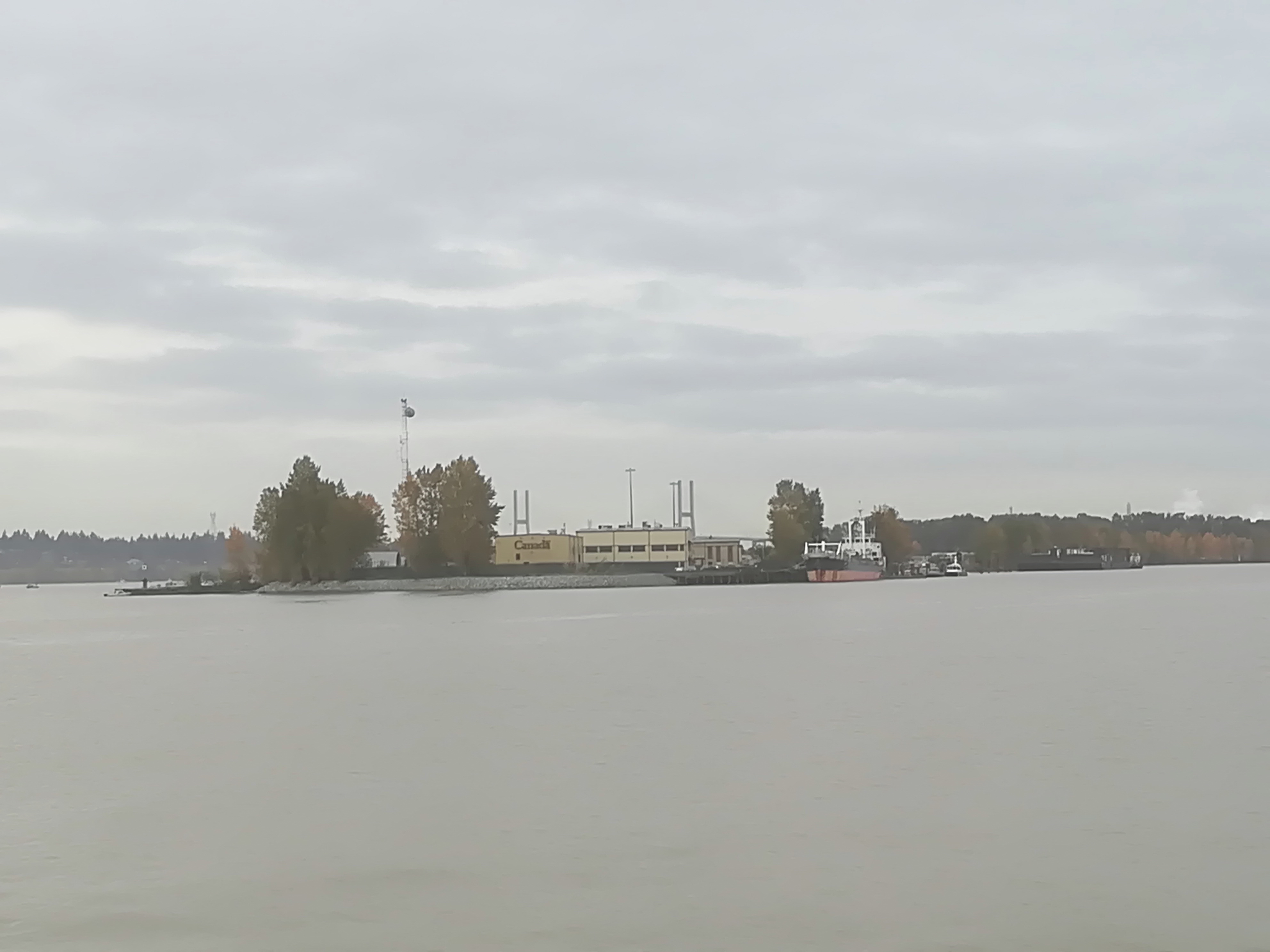
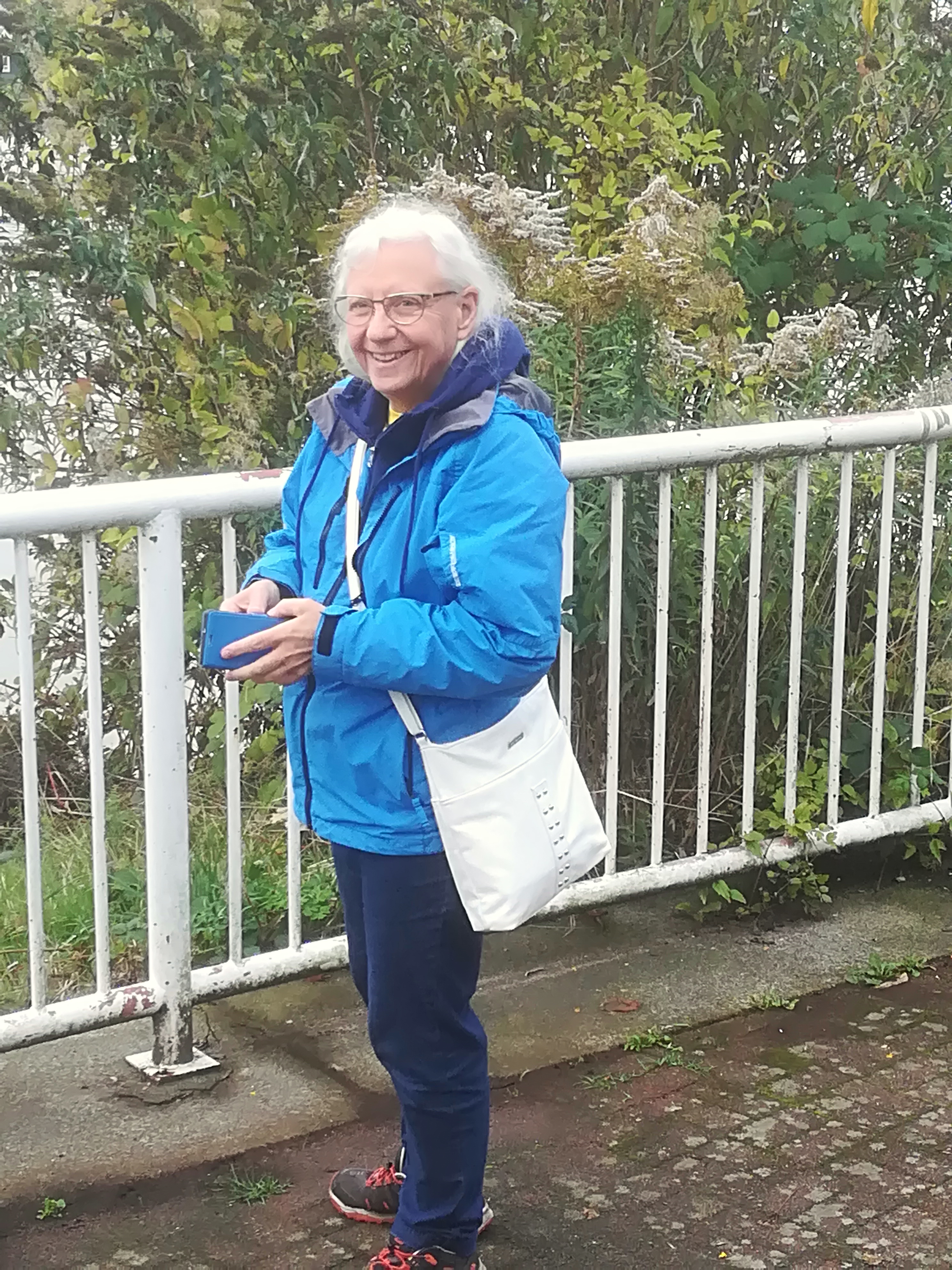
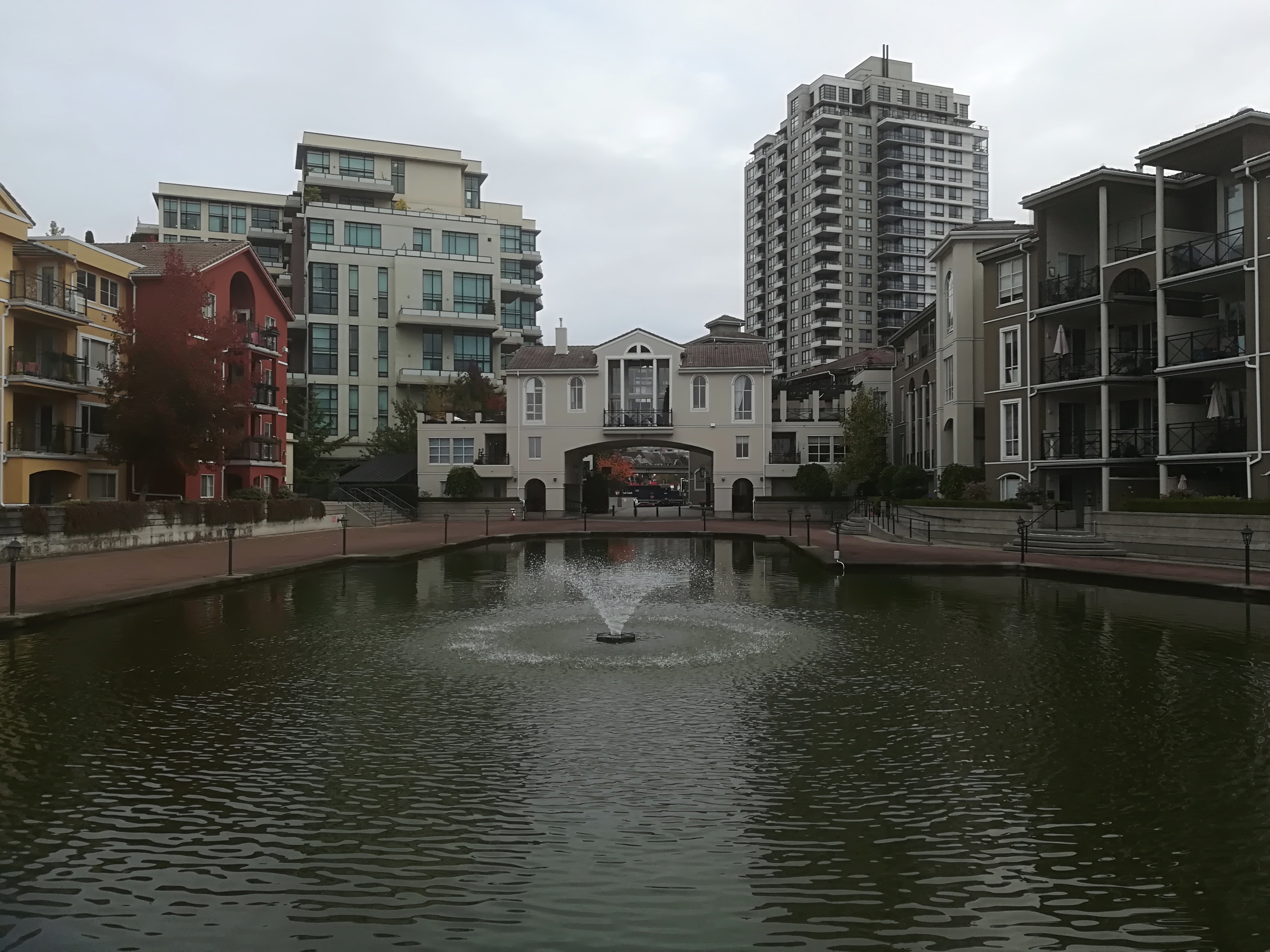
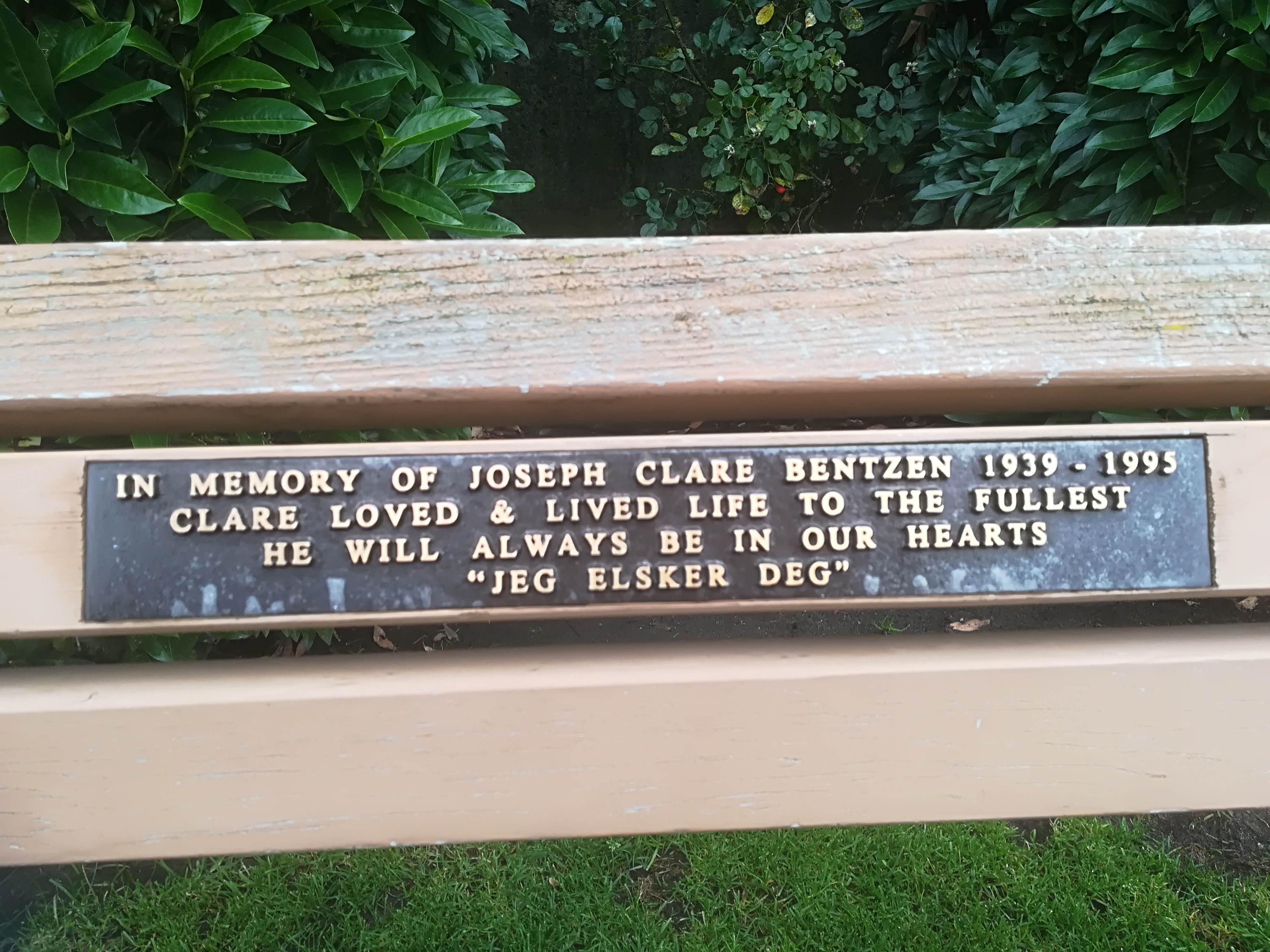

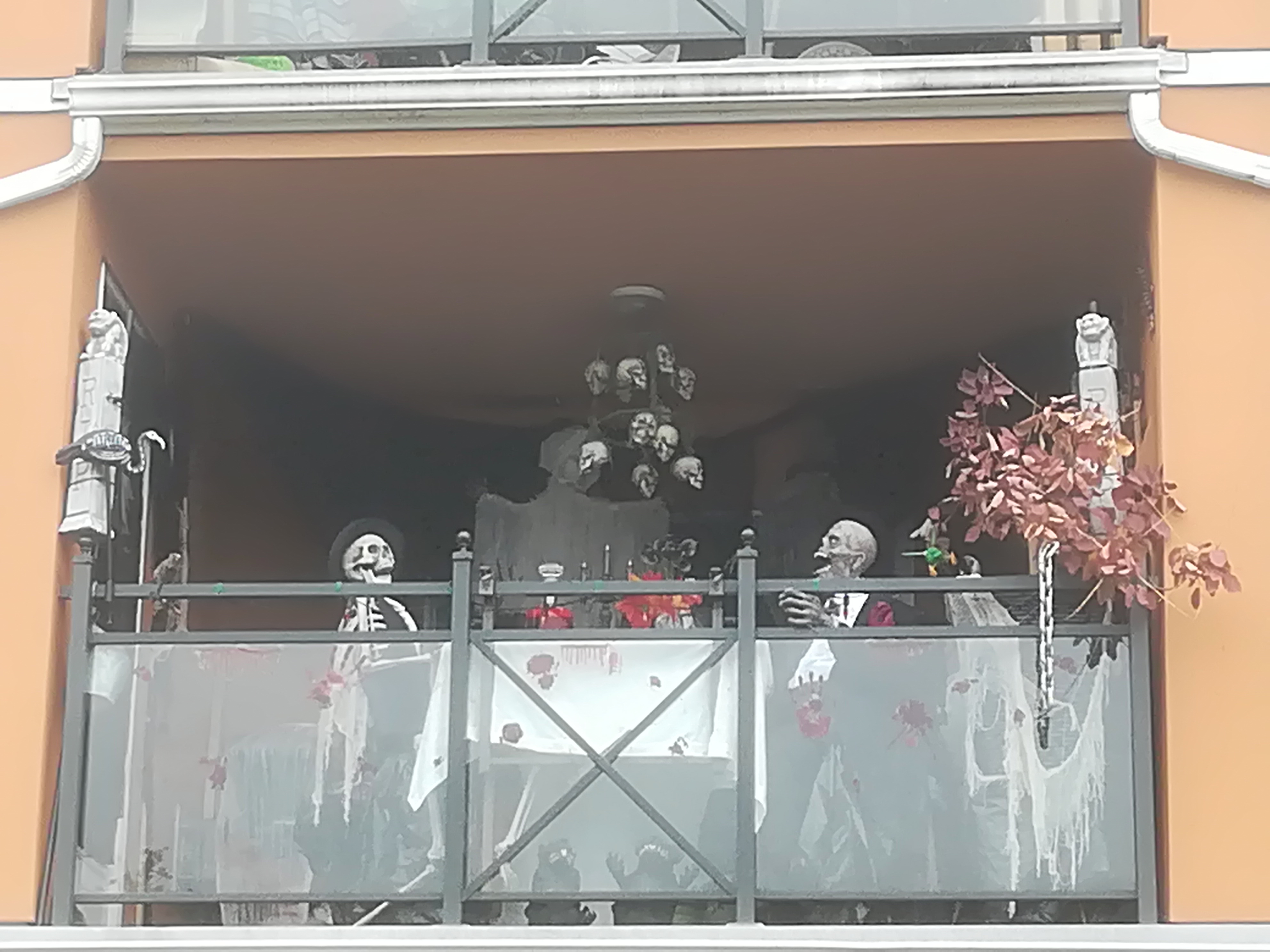
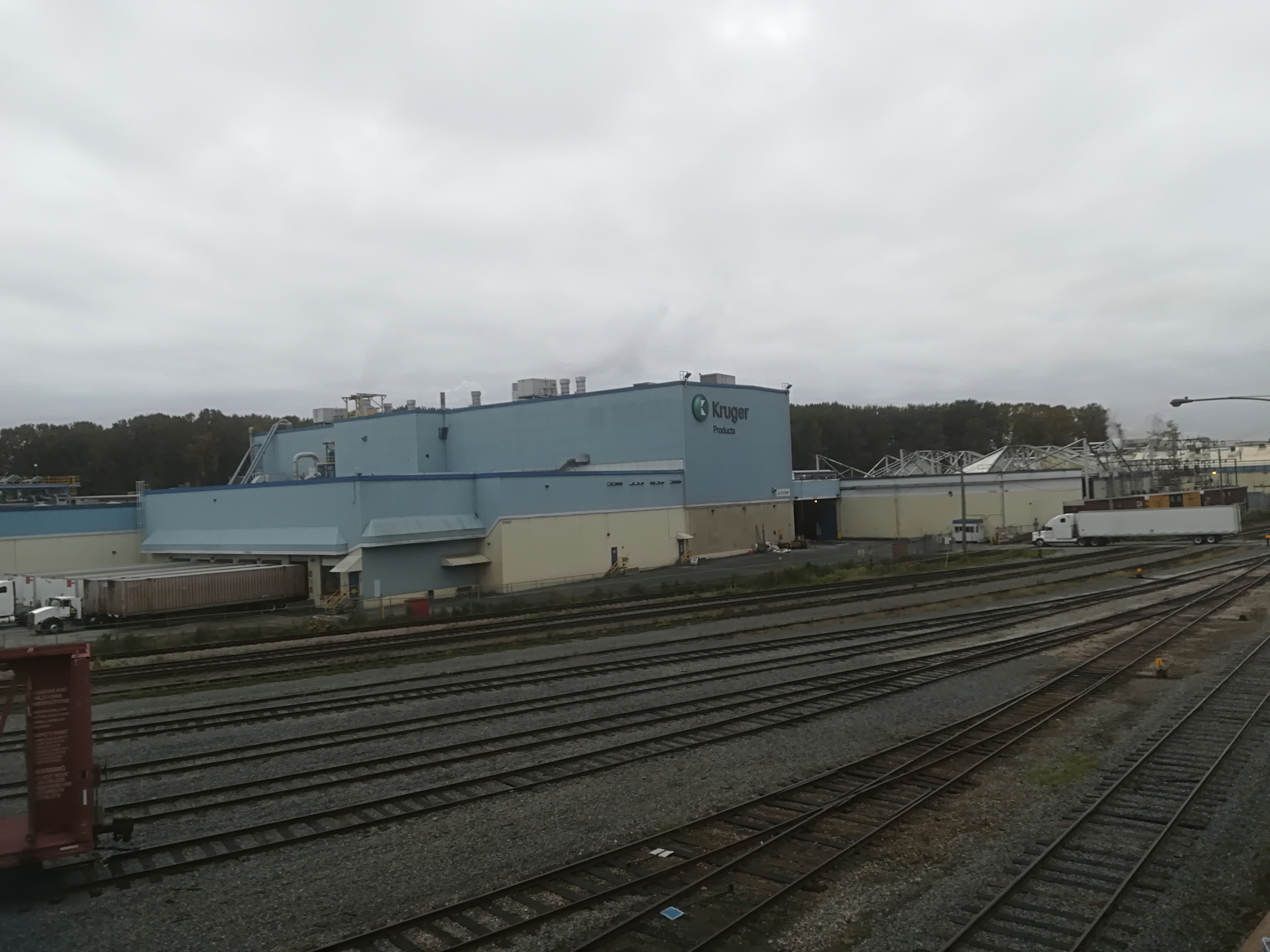
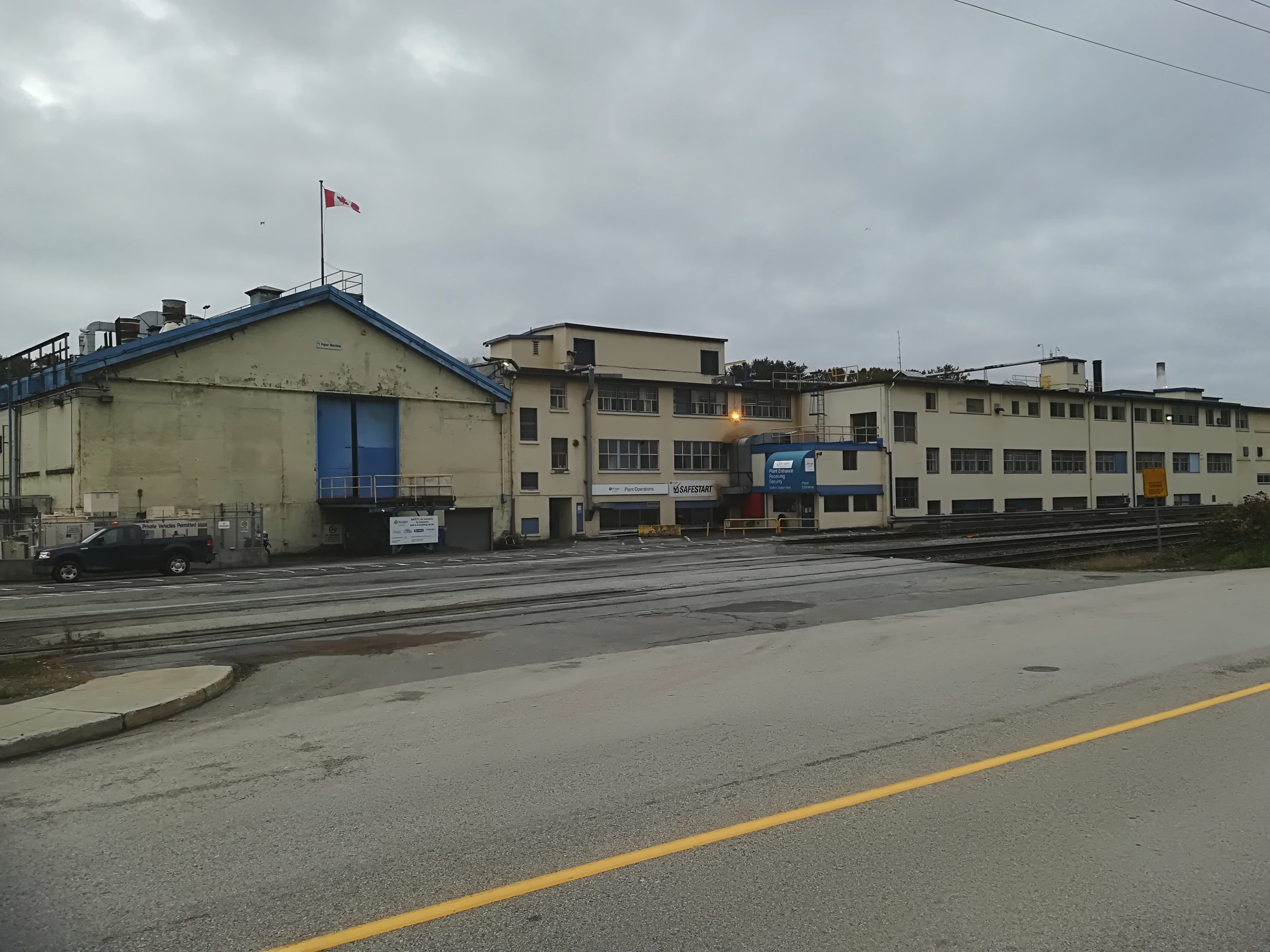

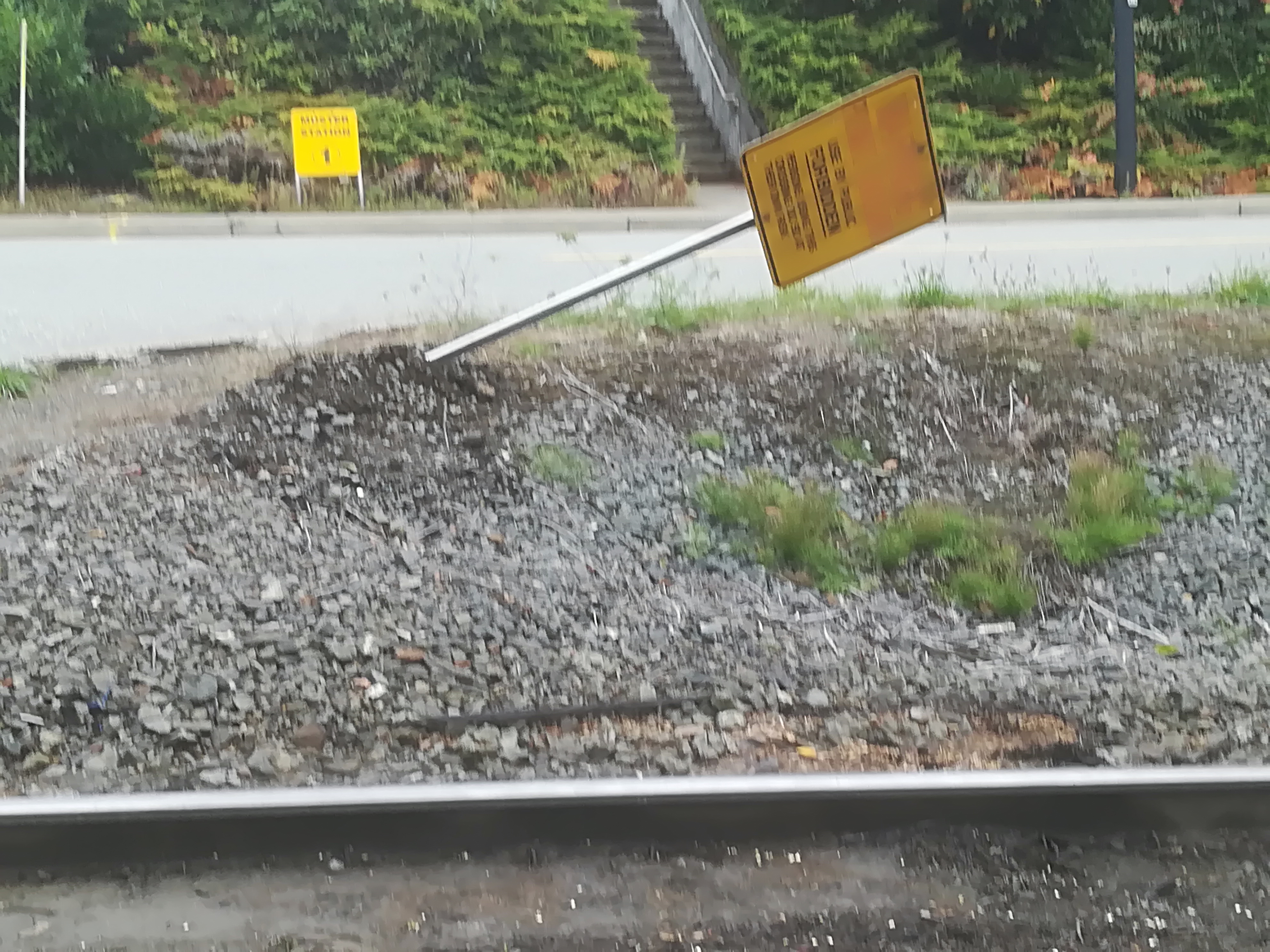
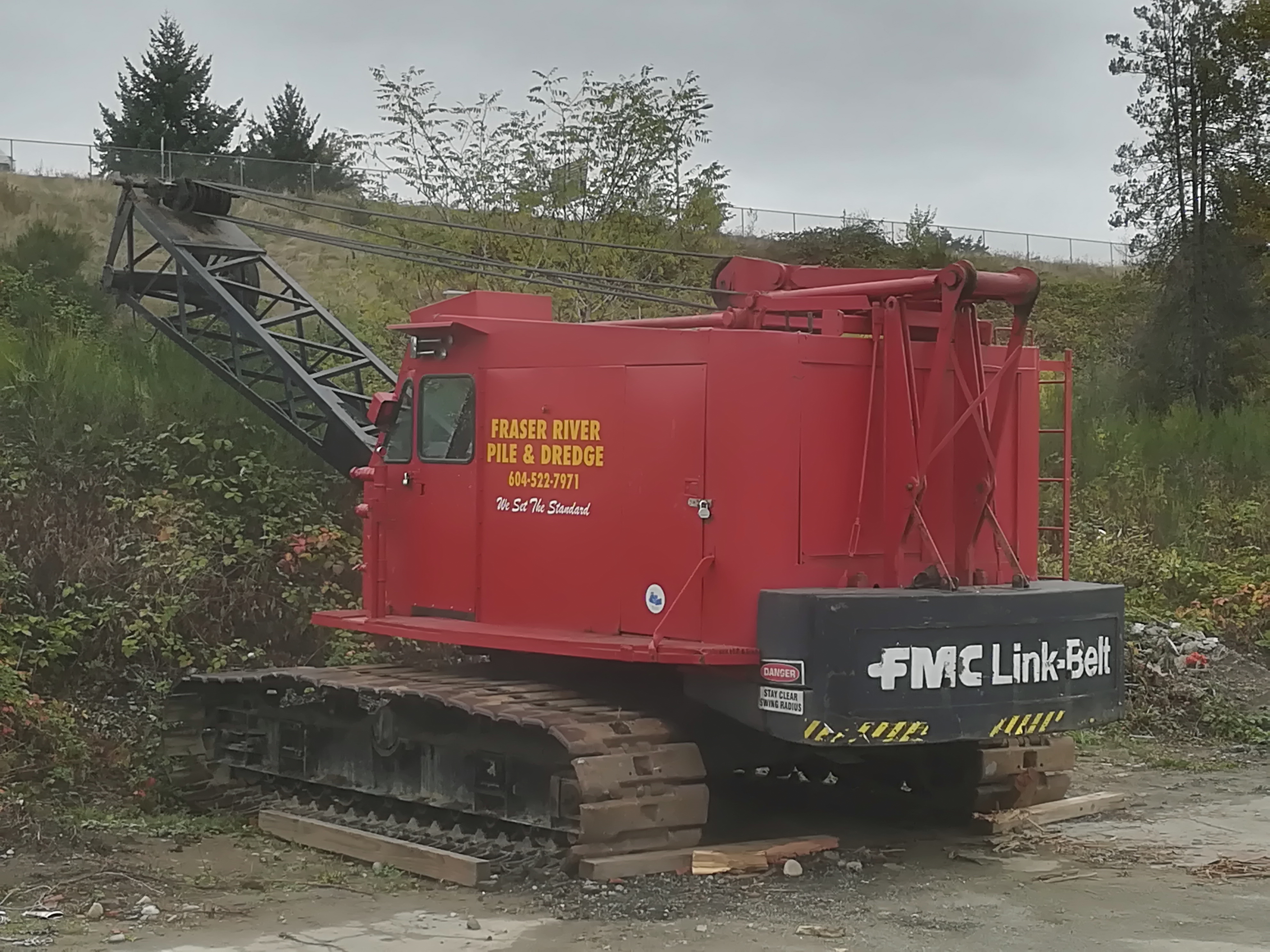



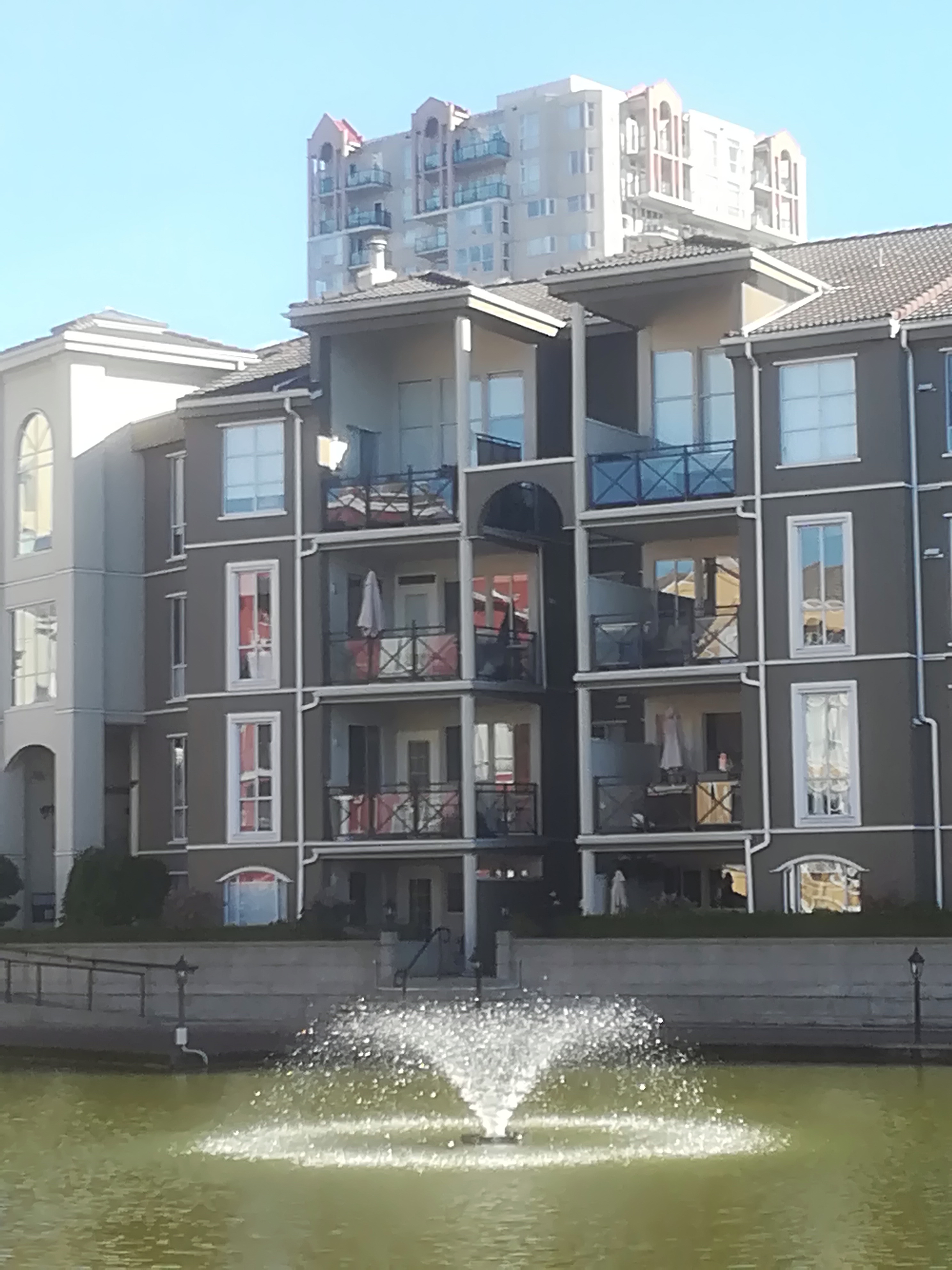
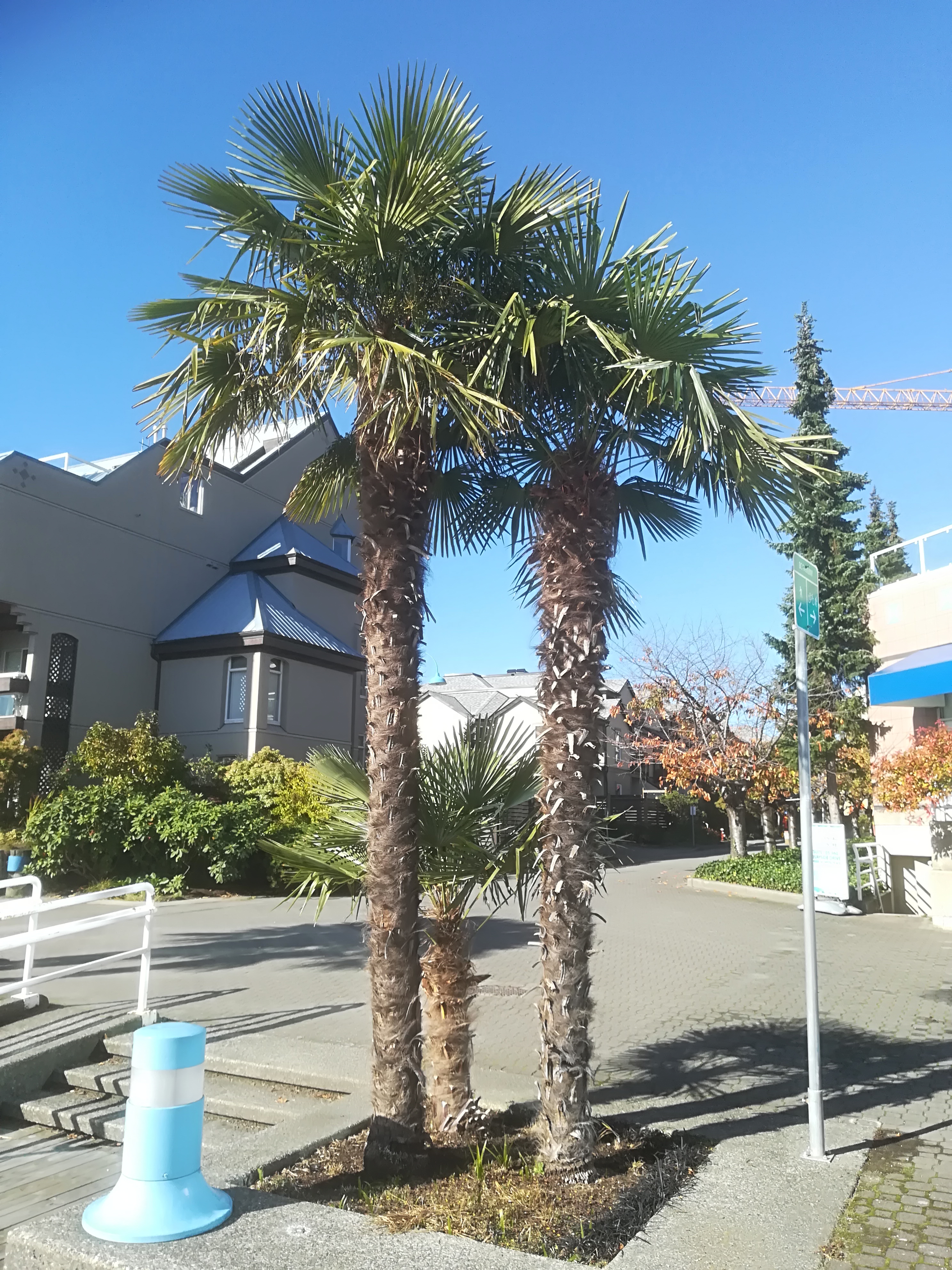
The Charm of the Fraser (upstream from the Inn)


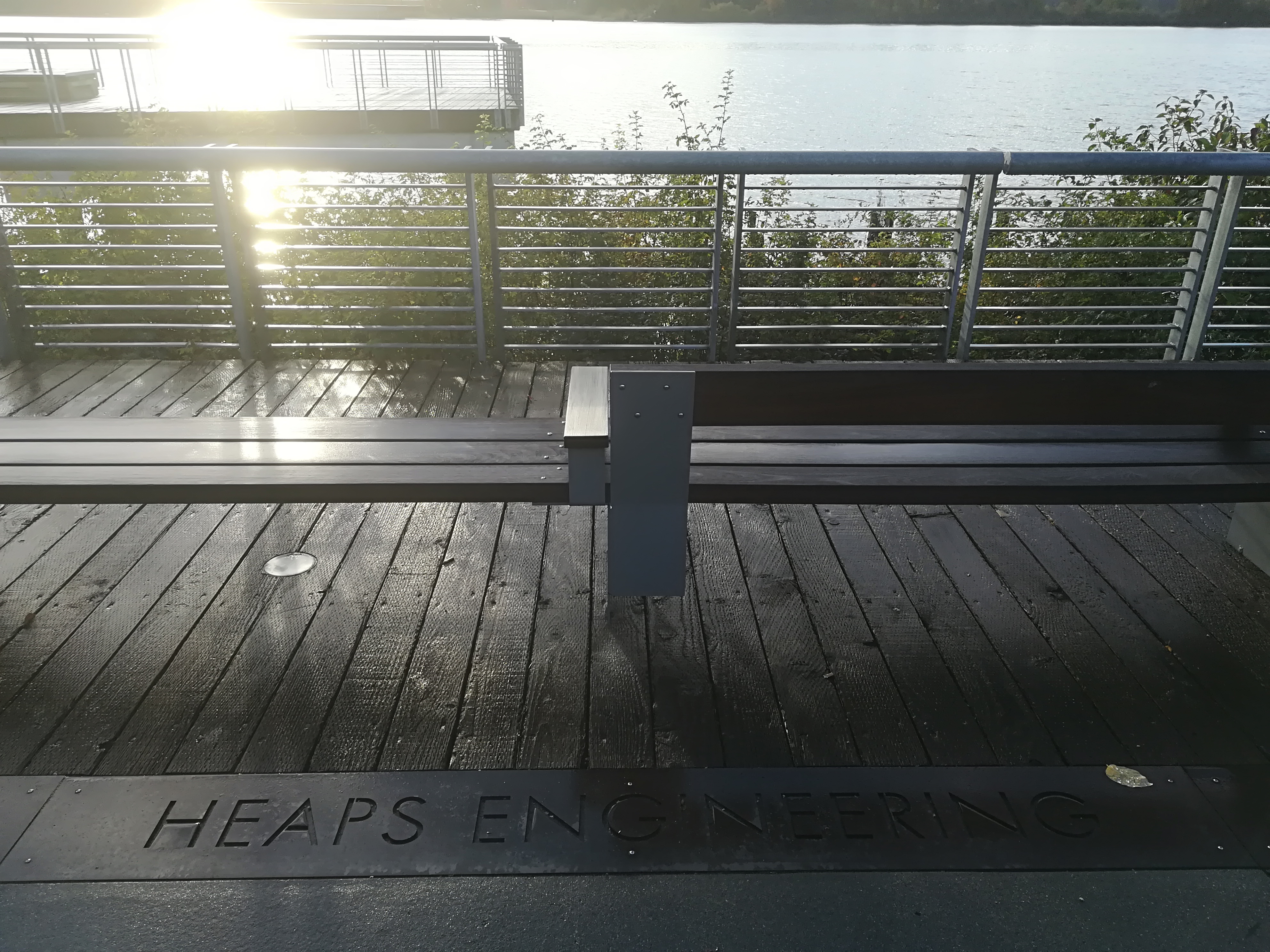
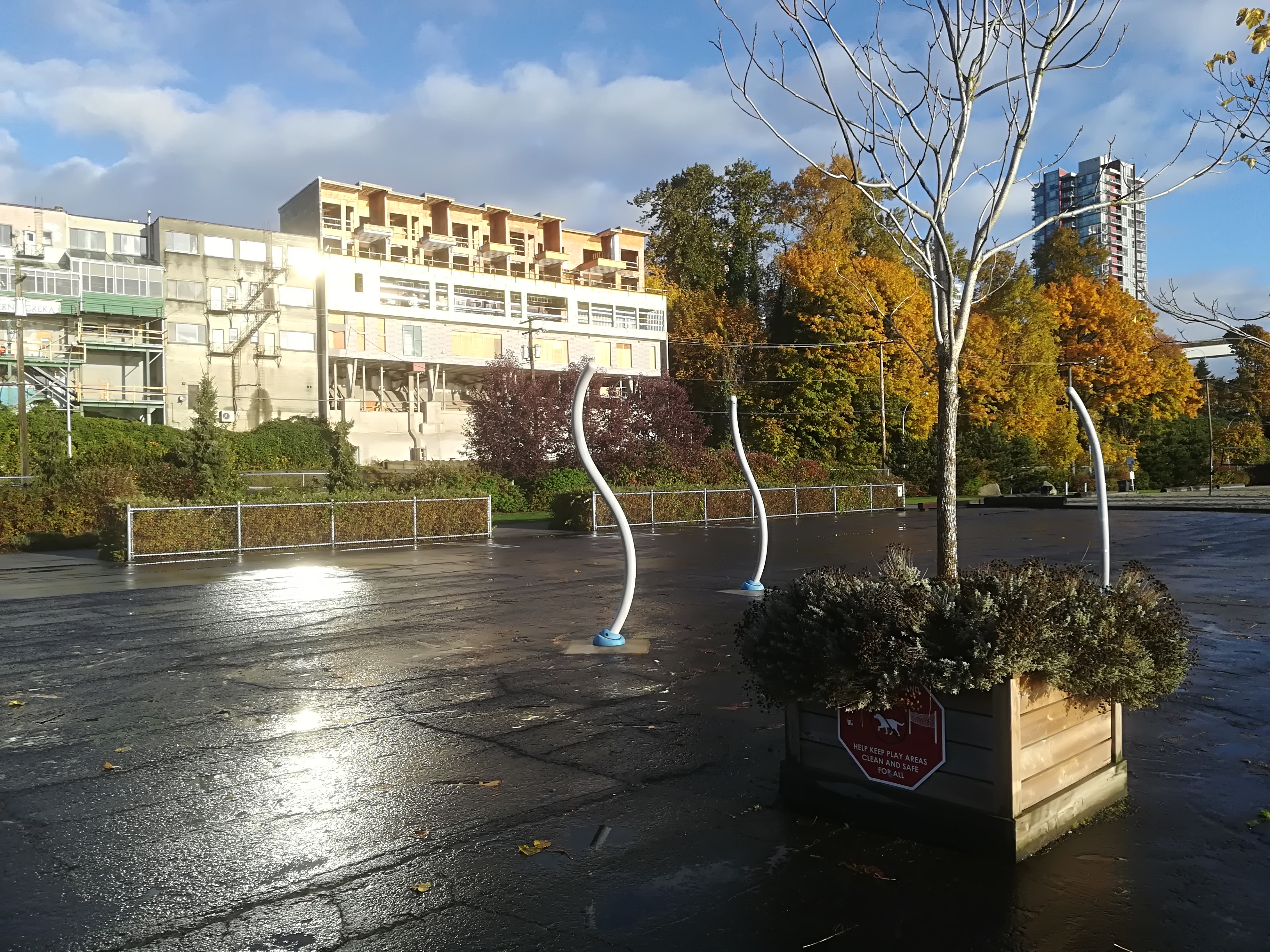
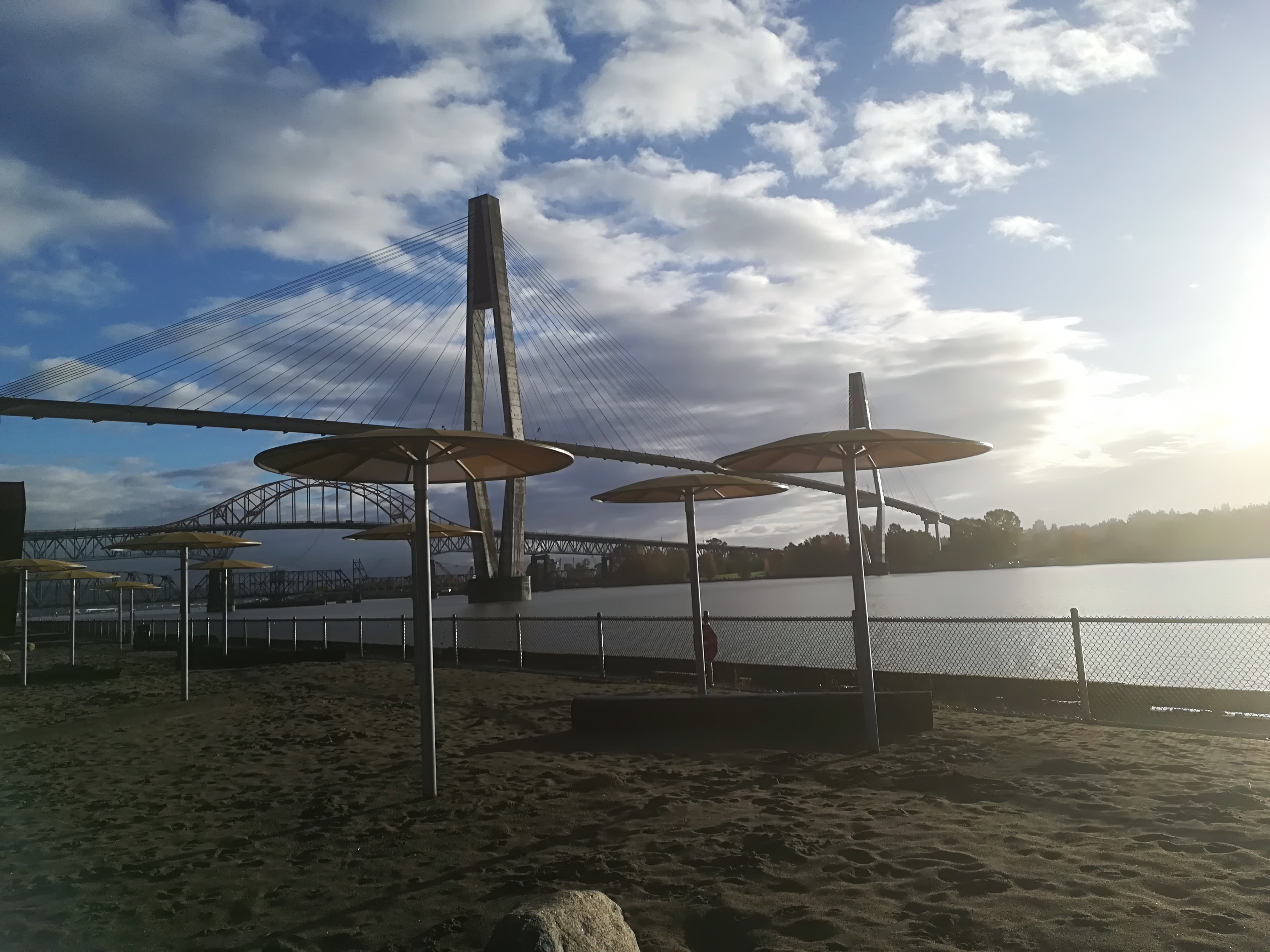

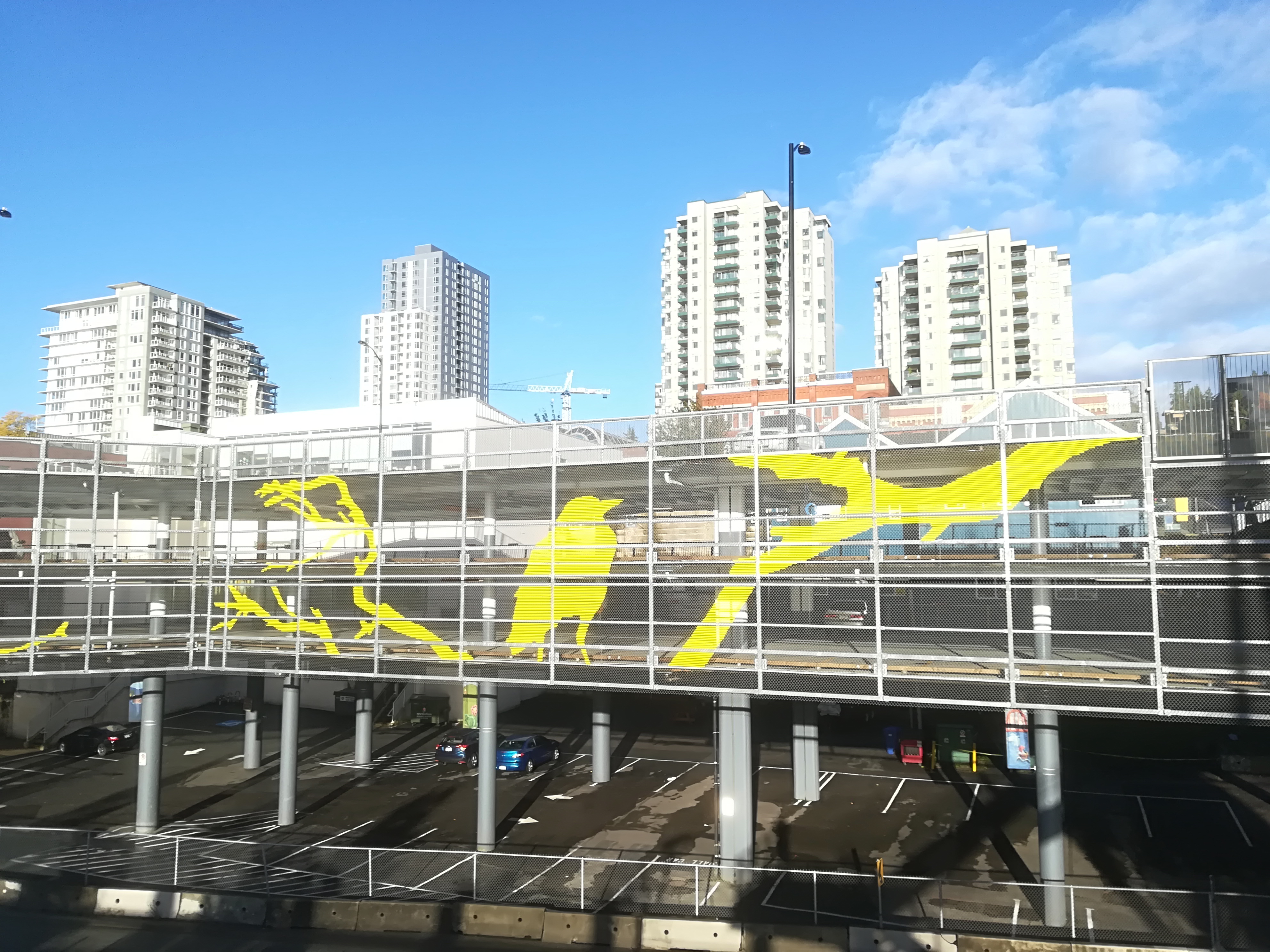
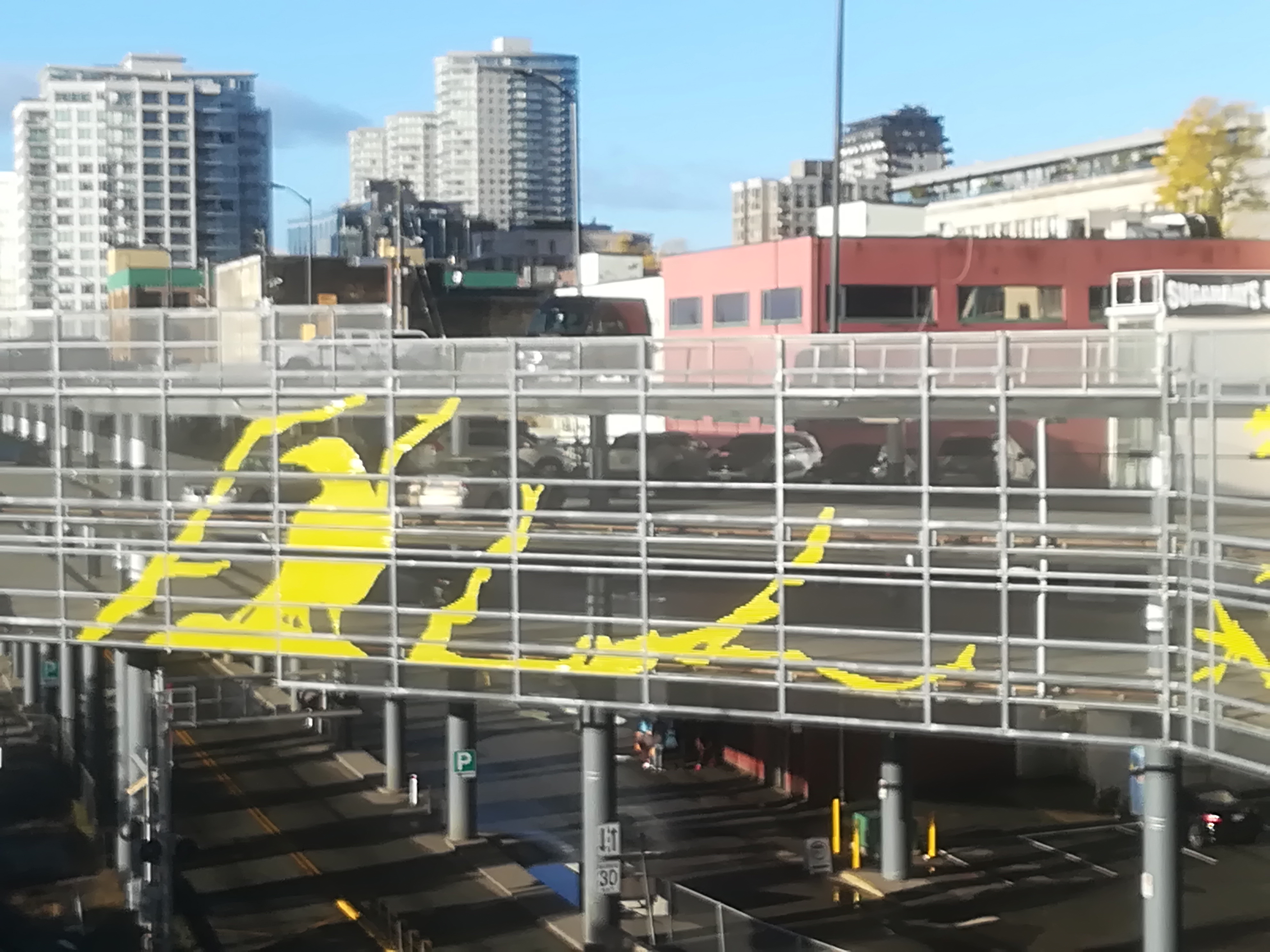
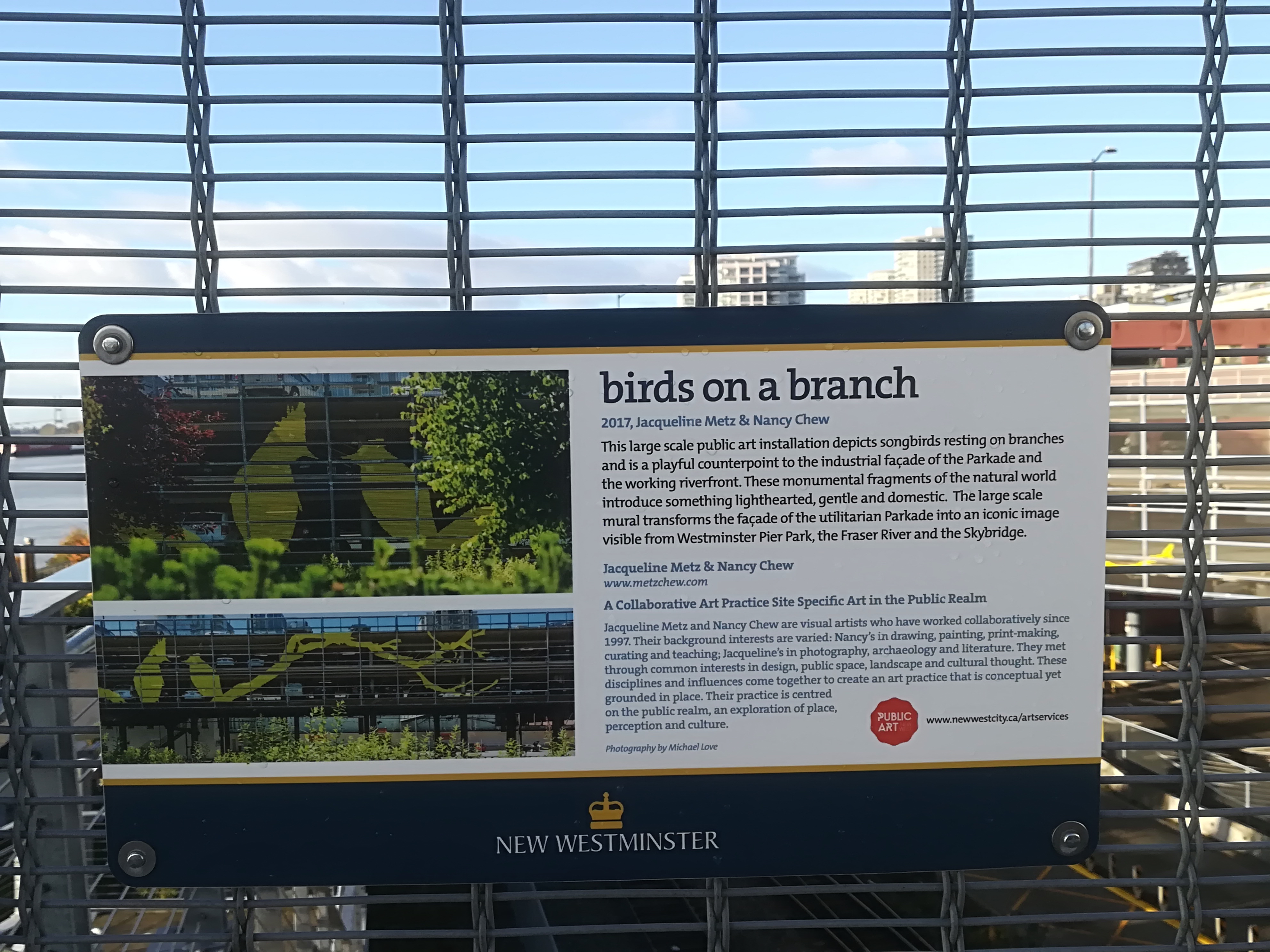
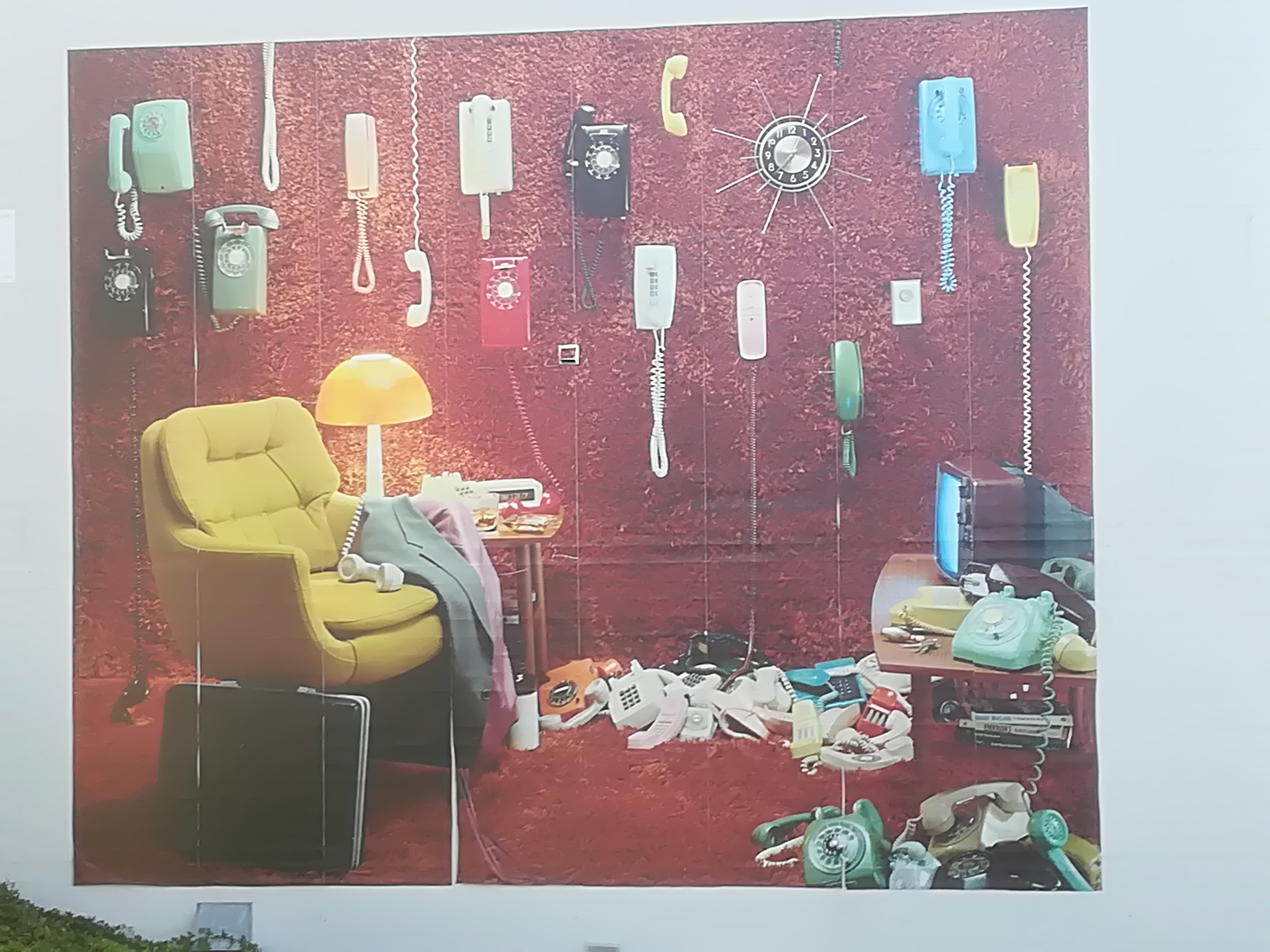




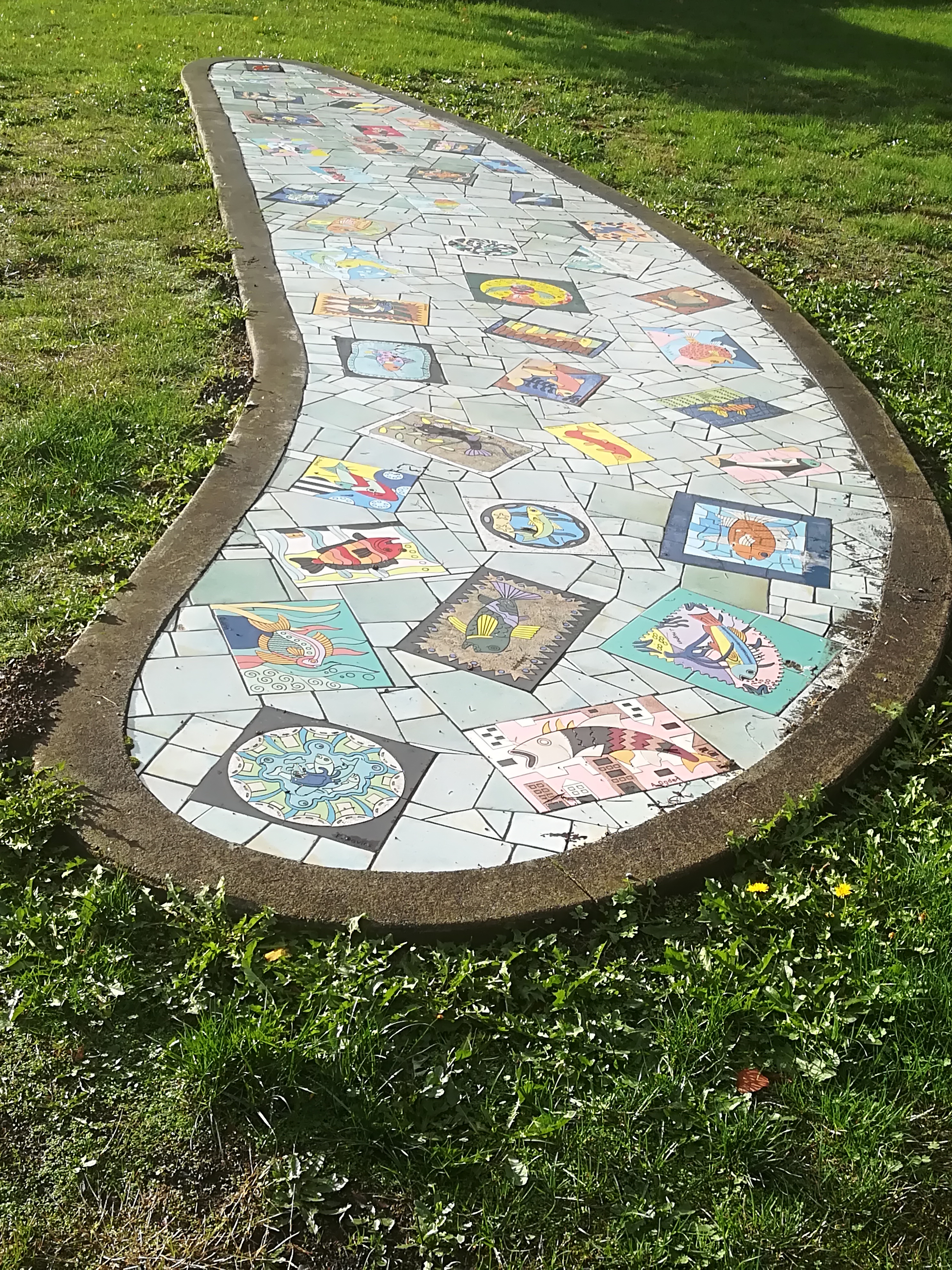
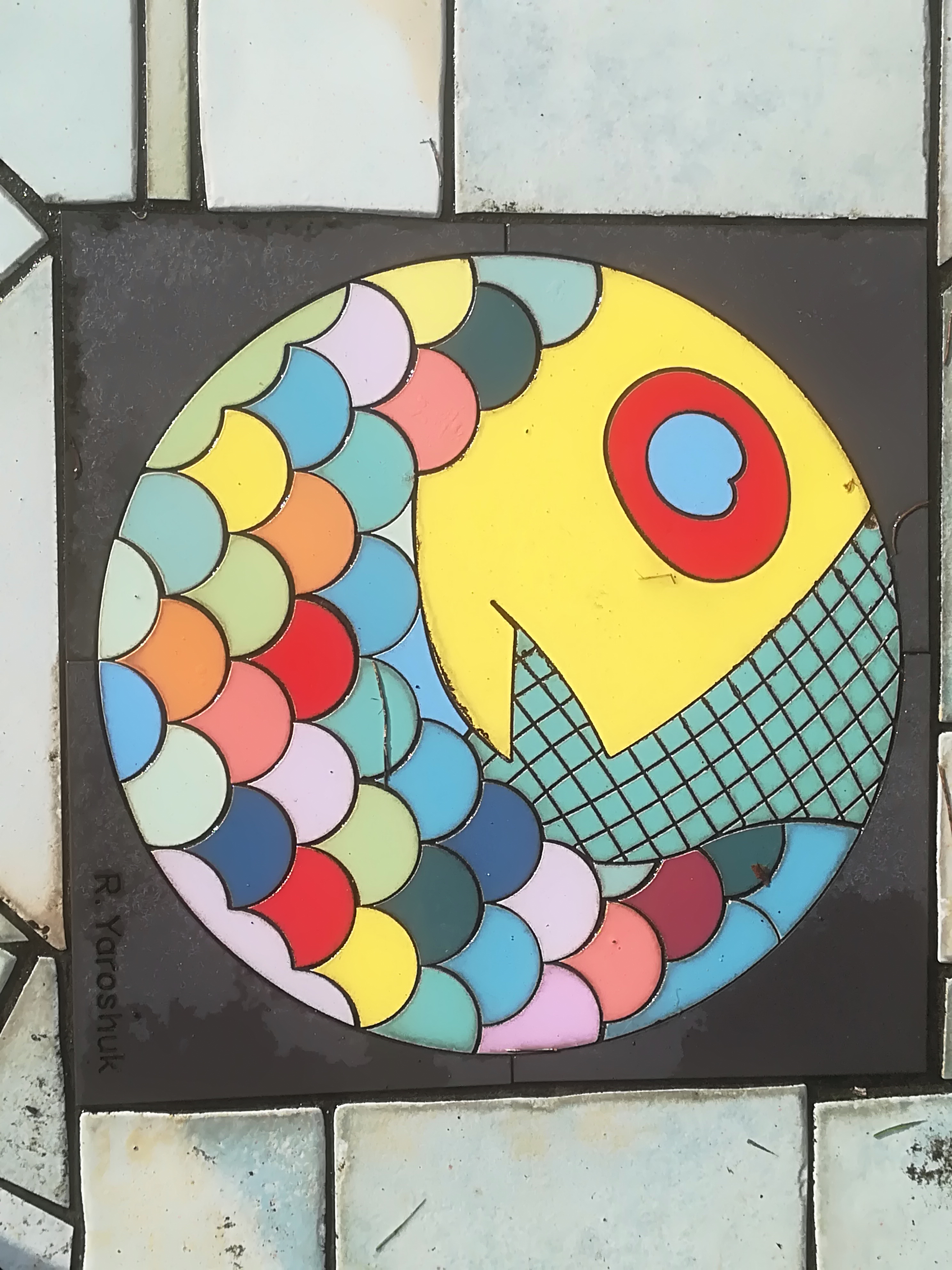

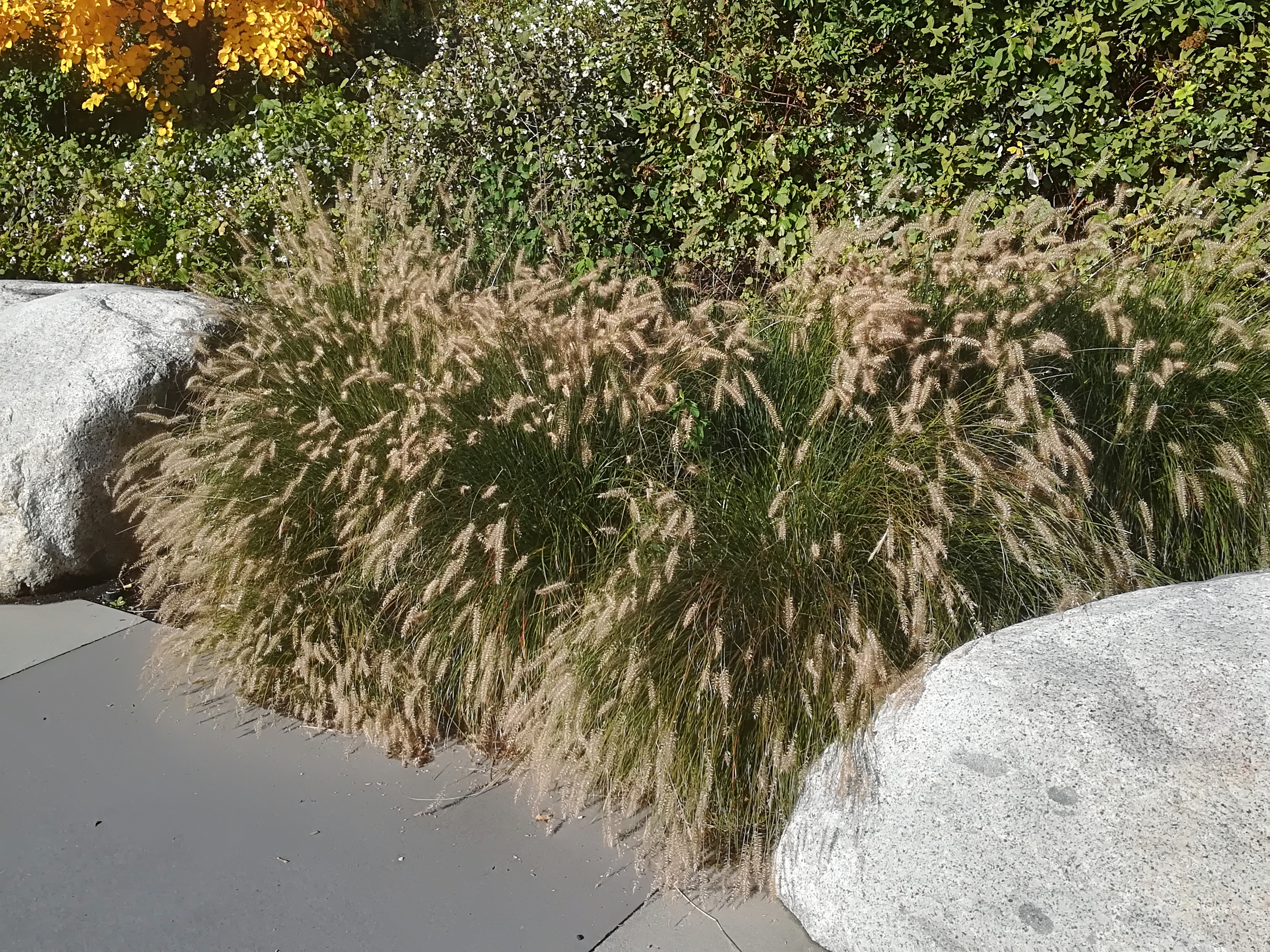
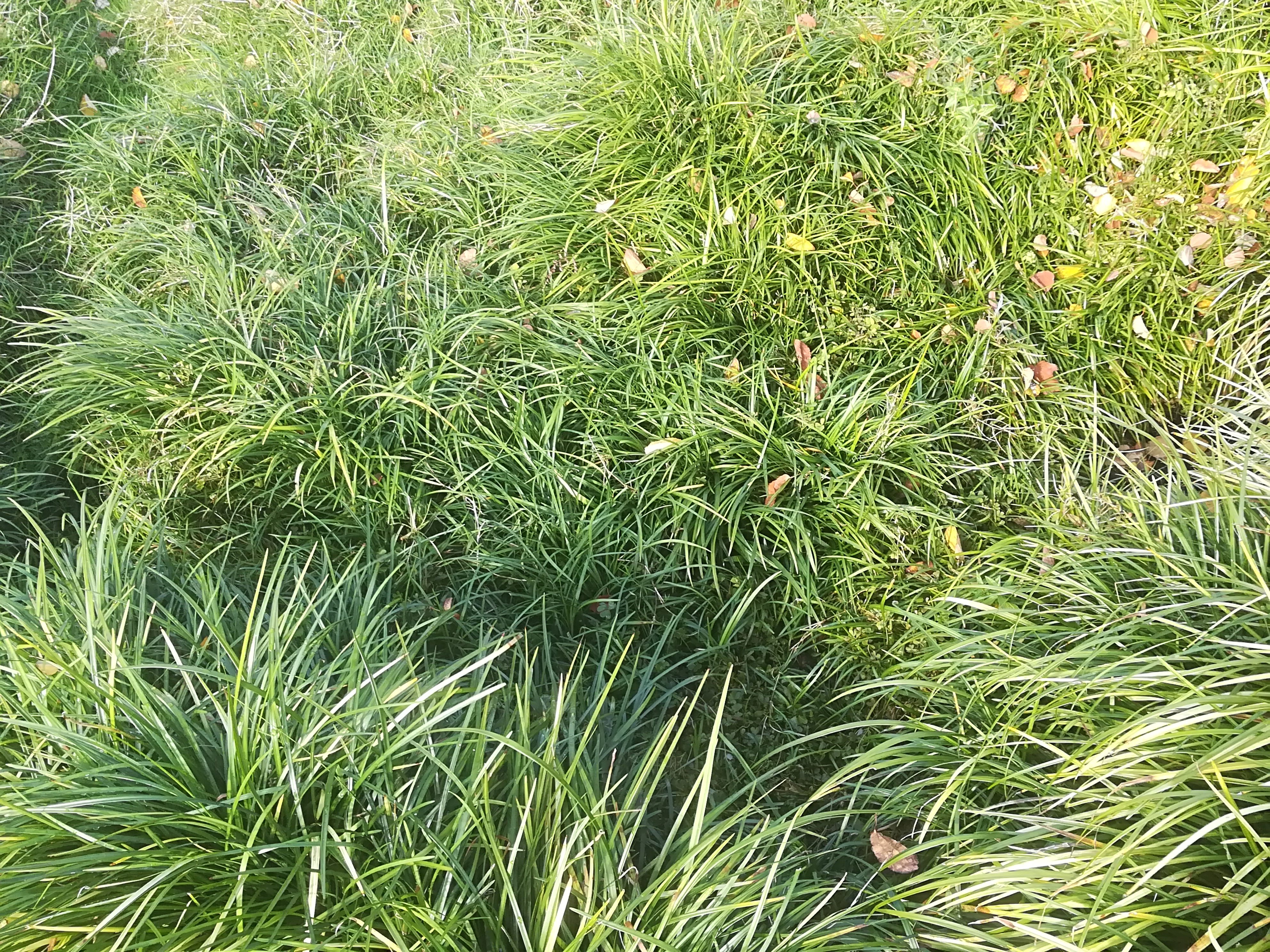

AVO-19
Manufacturers of penetrating oil like to speak in code. The name WD-40, for example, refers to Water Displacement, 40th formula. It was developed in 1953, by the Rocket Chemical Company to protect the paper-thin outer skin of the balloon tanks on Atlas missiles from rust and corrosion. AV0-19 is another code, referring to Acetone – Vegetable Oil in a ratio of 1 to 9, respectively.
Even though I have been a devoted user of WD-40, I have probably purchased my last container. The reason being is that scientific tests indicate that AVO-19 is a superior product. See: https://www.engineeringforchange.org/how-to-make-penetrating-oil/
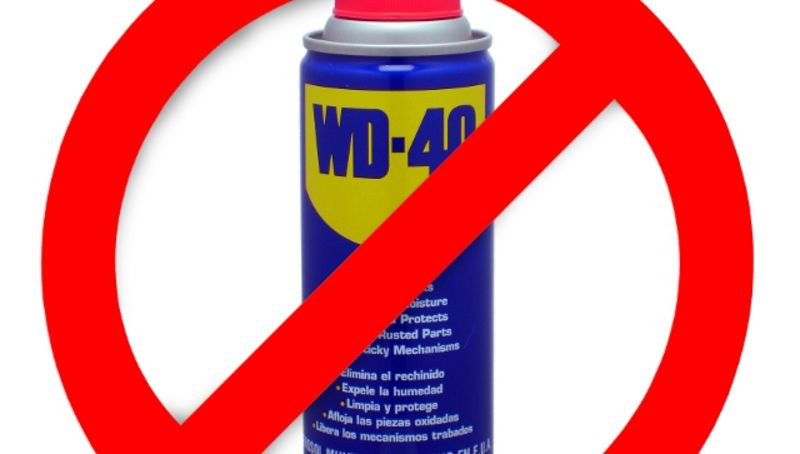
The optimal mixture is 10% acetone with 90% vegetable oil. It uses less than 55% of the torque to free rusted bolts as WD-40. It costs about 15% of the price of WD-40. While not as effective as the 1 to 9 ratio, and considerably more expensive, a 30 percent acetone mixture still works better than WD-40.
Engineering students at Drexel University, under the direction of Alex Moseson, conducted comparison tests of vegetable oil mixtures, WD-40 and automatic transmission fluid. Here are some of the results.
| Lubricant | Price/liter | Torque required (Nm) |
| WD-40 | $20.55 | 68.5 |
| Acetone 30% vegetable oil 70% | $5.48 | 48.4 |
| Acetone 20% vegetable oil 80% | $4.52 | 42.0 |
| Acetone 10% vegetable oil 90% | $3.58 | 36.6 |
Adam Davies, looked at the overuse of WD-40 in 2010: http://www.popularmechanics.com/cars/how-to/a6064/wd-40-vs-the-world-of-lubricants/
He discovered that WD-40 was second best (or worse) in several important areas. PB Blaster is best at loosening rusted nuts or bolts; Marvel Mystery Oil is best at freeing up rusted compression rings; Finish Line Cross Country is best at lubricating and protecting bicycle chains; while, Permatex White Lithium Grease is best at silencing squeaky door hinges.
Once their workshop is in operation, Unit One will be making its first batch of AVO-19. If you would like some, contact a persona at Unit One.
The Charm of CV1
Meet CV1, the fully automated TeaCoffeeBot. Here is how it works.
A humanoid washes out cup, fills cup with clean water, pours water into CV1’s opening on top, then closes top. Alternative reality, humanoid forgets to close top.
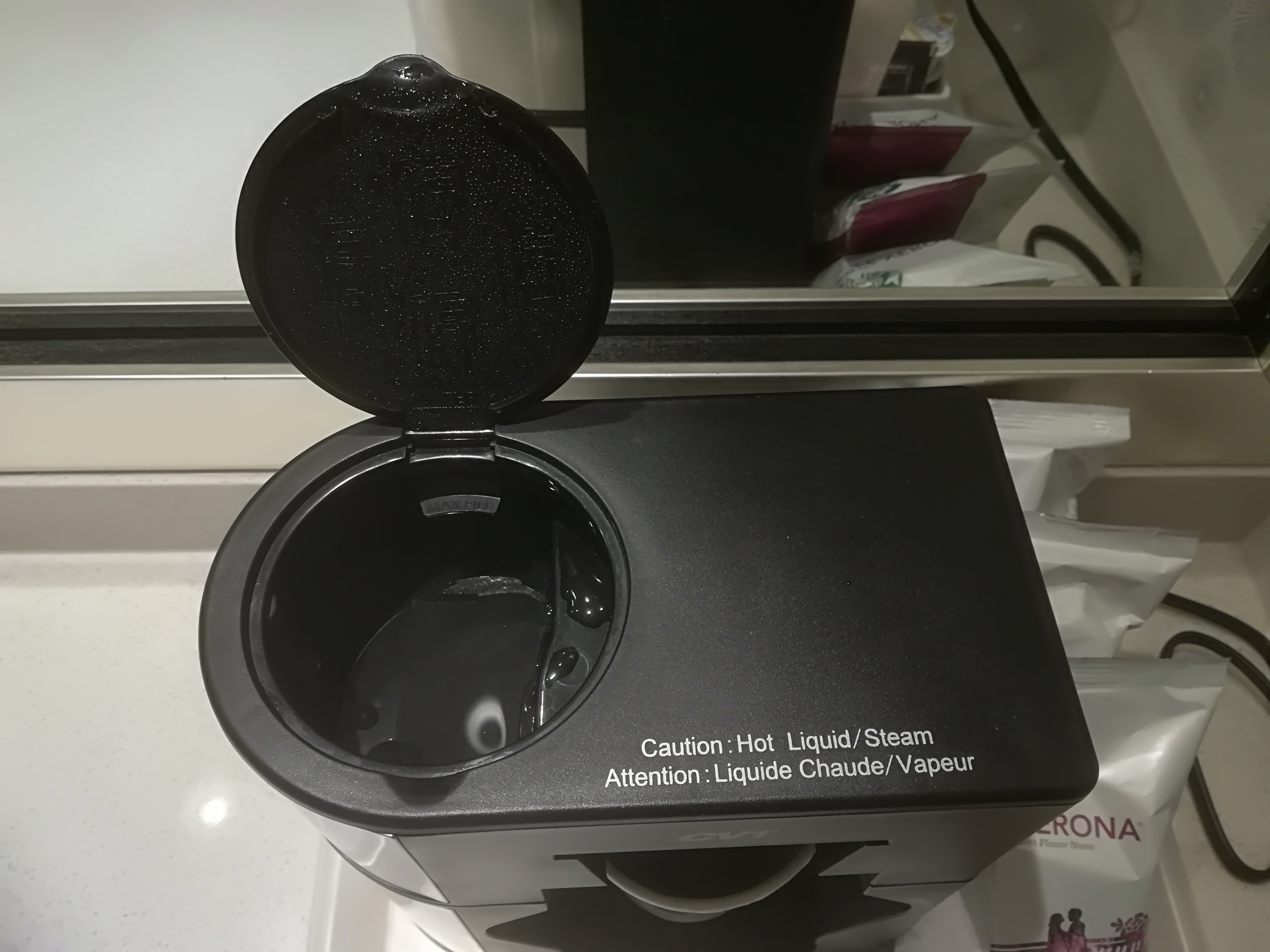
Then the humanoid pours instant coffee (or puts teabag) into cup.
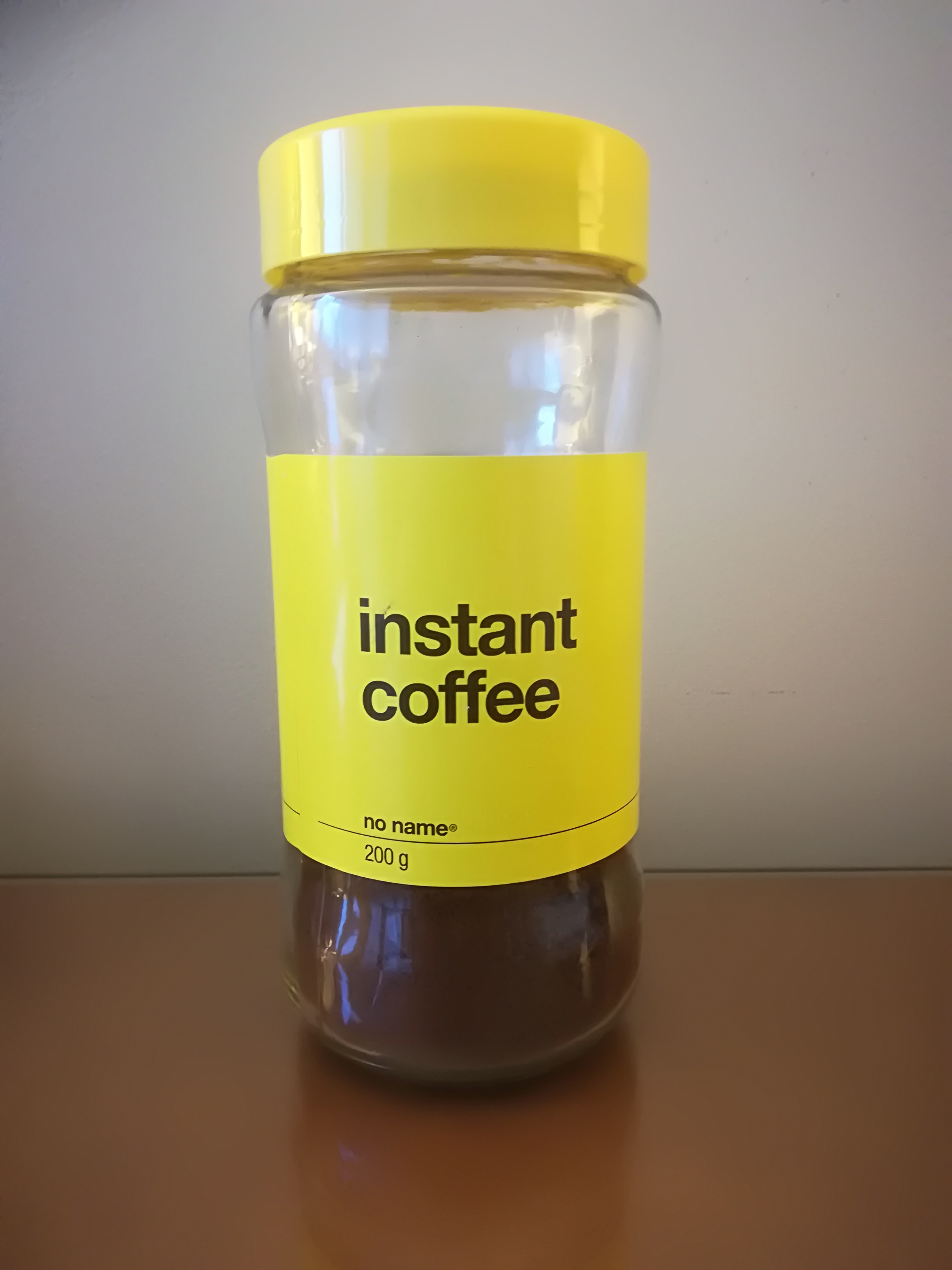
The humanoid places the cup into the bottom opening of CV1.
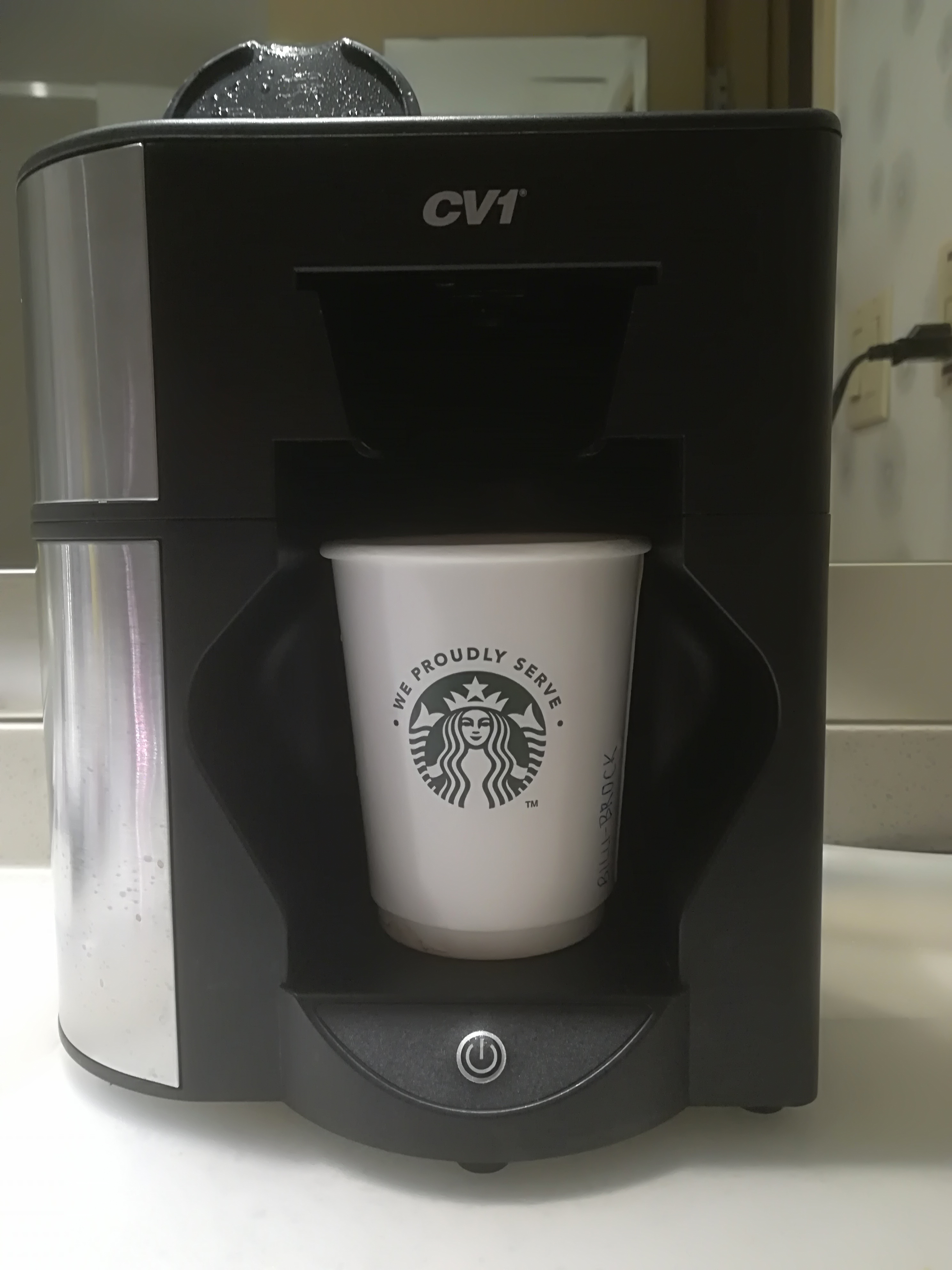
Yet another alternative reality, the humanoid puts free Starbucks coffee in space above location of cup. The humanoids assigned to us, haven’t been programmed to do this.
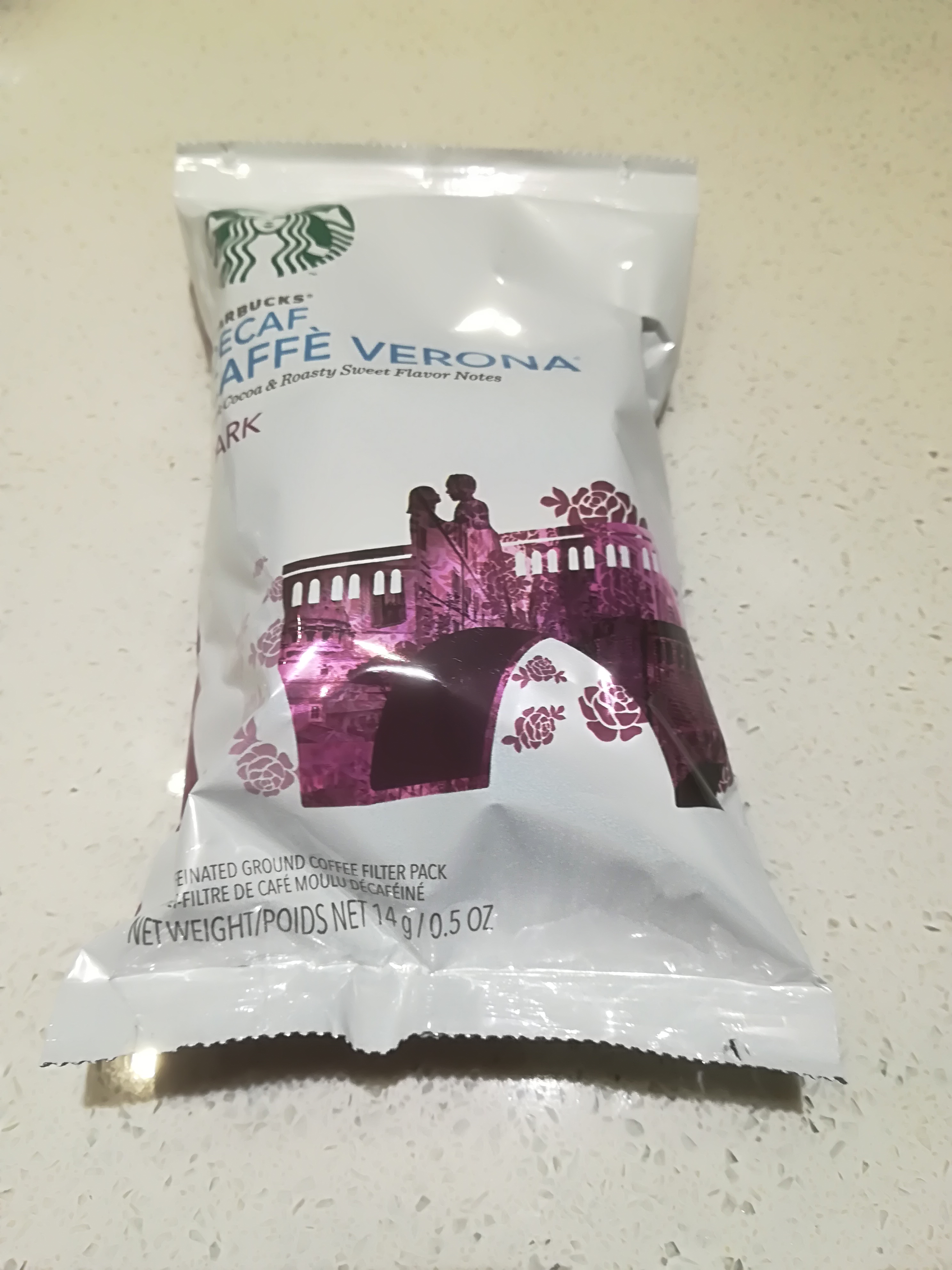
Then humanoid presses button to start water heating and transfer process.
A built in timer is started in humanoid telling it to return to CV1 in three minutes.
Humanoid returns after 30 minutes, picks up coffee cup and delivers lukewarm coffee to intended recipient. Humanoid disappears, then returns to offers intended recipient taste enhancers.

Apart from a few steps performed by a humanoid, the CV1 does everything else!
The Charm of the Inn at the Quay


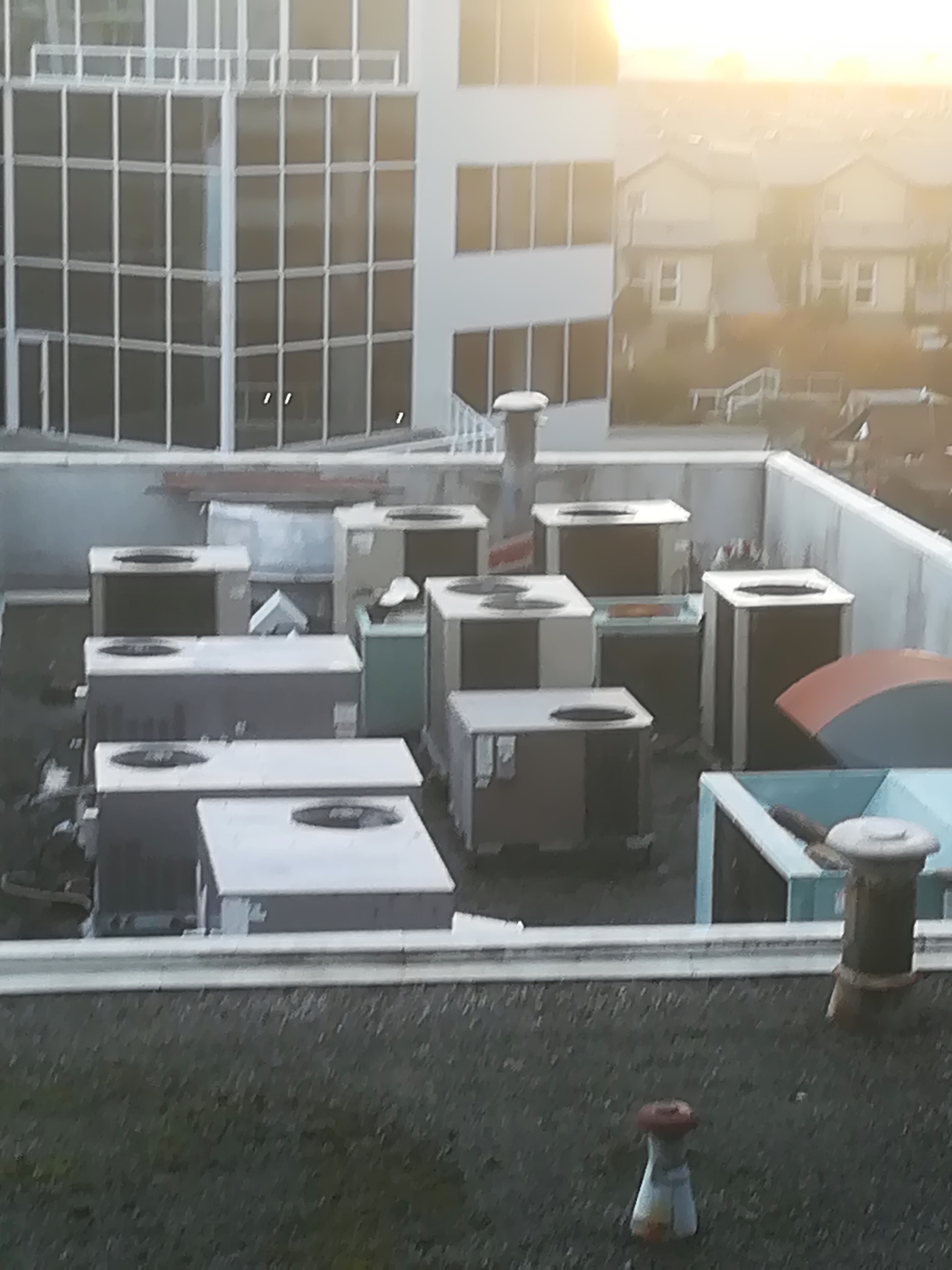





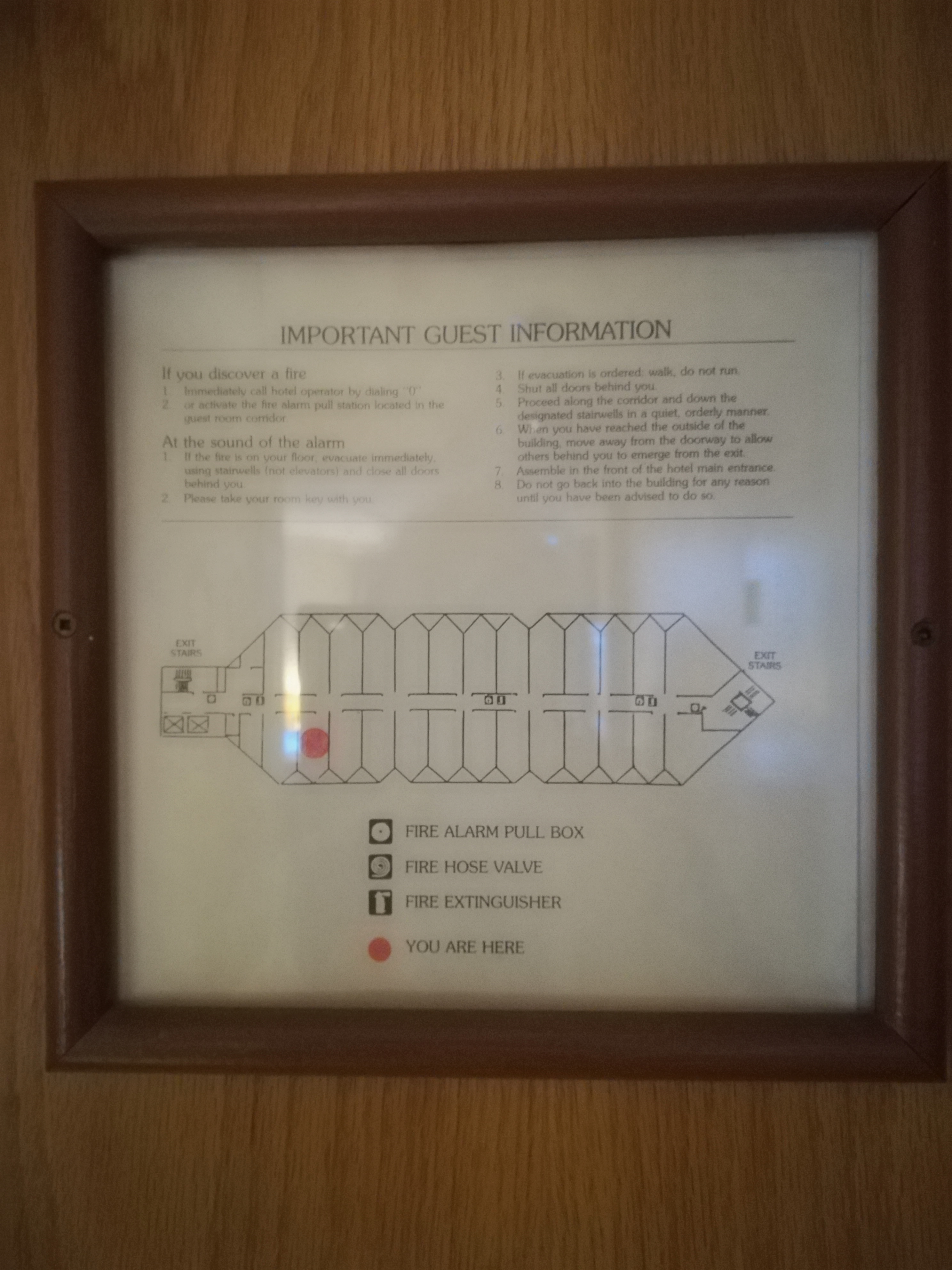
WD-40
Ginnunga Gap Polytechnic is undoubtedly the best faux institution of higher education that never existed. You can earn a Wonderment Diploma from Ginnunga Gap’s Mechatronics and Robotics program (WD-40)! The program will start in January 2018 and run for two years until December 2019. It is available at the Unit One work space in Ginnunga Gap, otherwise known as Vangshylla.
There will be two participation levels, superficial and exhaustive.
Superficial is designed for people who simply want an overview of the field of mechatronics and robotics.
Exhaustive is at the other extreme, with time devoted to solving problems, theoretical as well as practical.
Even if a Wonderment Diploma isn’t worth the paper it’s printed on, the education on offer will, at the exhaustive level, be as close as possible to a clone of the mechatronics and robotics program offered at the British Columbia Institute of Technology. Given the opportunity to study at BCIT in Burnaby, you will undoubtedly receive a better education there than you will get at Ginnunga Gap. However, if you are unfortunate enough to be stuck in Greater Ginnunga Gap, and lack the funds to pay international tuition fees, the education offered by Ginnunga Gap Polytechnic may be good enough.
The following description of the Mechatronics and Robotics program is a ruthless plagiarism of BCIT’s promotional materials.
WD-40 will provide you with insights into a world where mechanical products contain computers and electronics for monitoring or control. This integration of mechanical and electronic components (mechatronics) makes it possible to design intelligent, reliable, versatile electromechanical systems such as industrial robots, medical devices, aircraft simulators, automated assembly lines, building control systems, and autonomous vehicles.
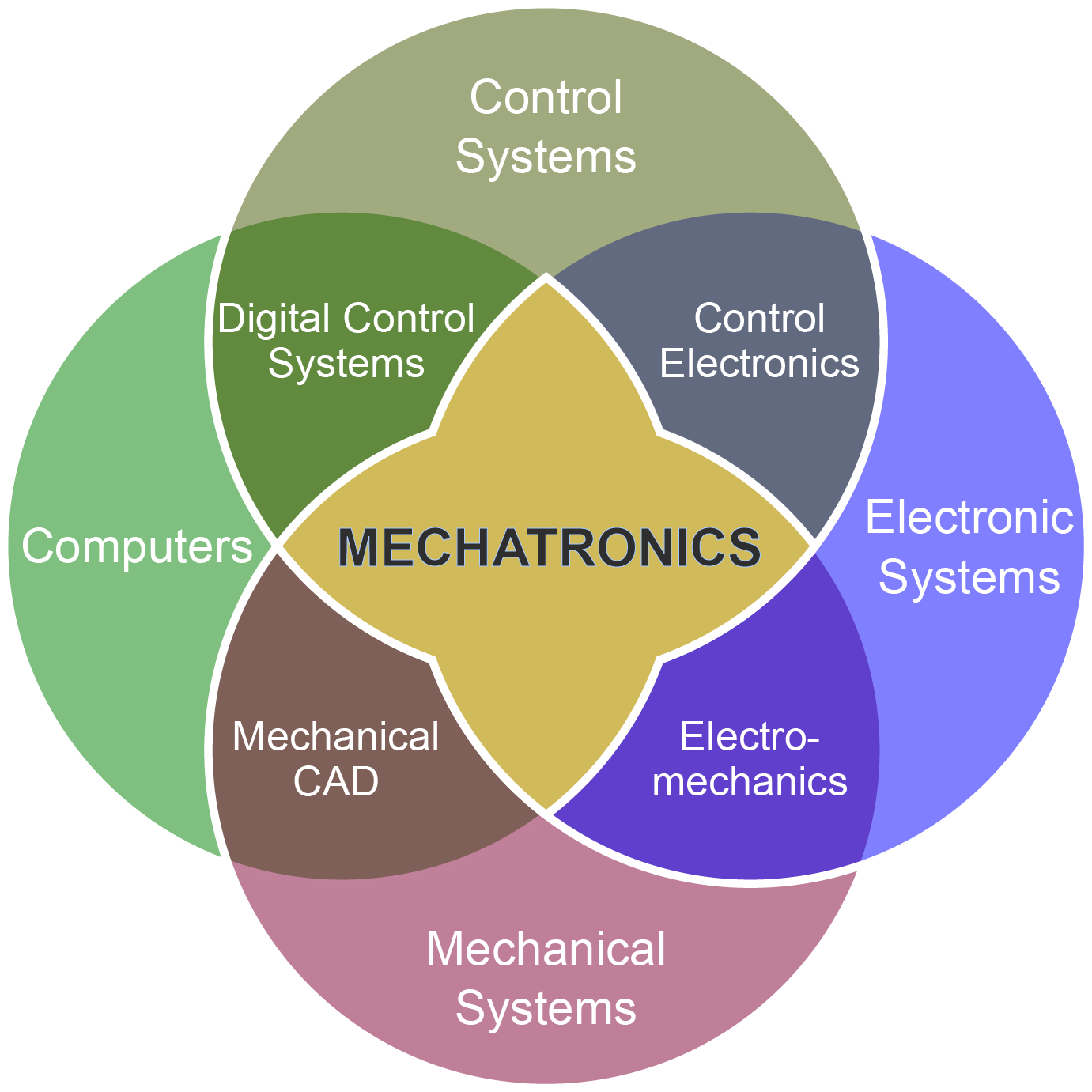
THE PROGRAM
The Mechatronics and Robotics program at Marmot University focuses on the automation of electromechanical devices and the application of robotic manipulators. You’ll receive hands-on, interdisciplinary training in:
- Programmable logic control
- Microcontrollers and electronics
- Computer Aided Design (CAD)
- Mechanical Systems
- Computer and Robot Programming
- Interfacing Sensors and Activators
The Mechatronics and Robotics program can open many doors. It will provide an advanced education in electromechanical systems and give the benefit of small
class sizes so you can master complex topics by taking advantage of the one-on-one time with instructors. After two years you will earn a wonderment diploma and have the skills to make a good living.
JOB OPPORTUNITIES
Mechatronics and robotics gives many interesting job possibilities. Because it is multidisciplinary, it also prepares for leadership roles in the design and creation of innovative mechatronics products for a variety of applications, including designing
and building automated equipment for the movie industry, medical devices,
production equipment, or submarines.
Here is what we will be working on:
| Level 1 (15 weeks) | Credits | ||
|---|---|---|---|
| COMM 11 | Technical Writing 1 for Robotics | 3.0 | |
| ELEX 11 | DC Circuit Analysis for Robotics | 6.0 | |
| ELEX 12 | Digital Techniques 1 for Robotics | 6.0 | |
| MATH 11 | Technical Math for Robotics | 6.0 | |
| MECH 11 | Computer Aided Design | 4.0 | |
| PHYS 11 | Physics for Robotics 1 | 5.0 | |
| Level 2 (20 weeks) | Credits | ||
| ELEX 21 | AC Circuits for Robotics | 6.5 | |
| ELEX 22 | Digital and Electronic Circuits | 8.0 | |
| MATH 21 | Calculus for Robotics | 8.0 | |
| MECH 12 | Manufacturing Processes | 5.5 | |
| PHYS 21 | Applied Physics 2 for Robotics | 6.5 | |
| ROBT 11 | C Programming | 6.5 | |
| Level 3 (15 weeks) | Credits | ||
| ELEX 31 | Electronics Circuits 2 (Robotics) | 6.0 | |
| MATH 31 | Transform Calculus (Robotics) | 4.0 | |
| MECH 31 | Fluid Power 1 | 4.0 | |
| ROBT 31 | Robot Applications | 6.0 | |
| ROBT 32 | Automation Equipment | 5.0 | |
| ROBT 33 | Controller Systems | 6.0 | |
| Level 4 (20 weeks) | Credits | ||
| COMM 21 | Technical Writing 2 for Robotics | 4.0 | |
| ELEX 41 | Feedback Systems | 8.0 | |
| MECH 00 | Ethics for Technologists | 0.0 | |
| MECH 41 | Fluid Power 2 | 4.0 | |
| OPMT 11 | Industrial Engineering | 5.5 | |
| ROBT 41 | Sensor Interfacing | 8.0 | |
| ROBT 42 | PLC Applications | 4.0 | |
| ROBT 43 | Mechatronics Project | 6.5 | |
| Total Credits: | 142.0 | ||
While it is a long time before students will be working on their Mechatronics Project, Unit One is looking for opportunities to make devices capable of monitoring the marine environment in Skarnsund and Børgin, in cooperation with the local chapter of Friends of the Earth.
While Ginnunga Gap Polytechnic has fake application forms, and mock procedures to select students, the best way to come on board is to speak directly to one of the phony personas at Unit One.
PS. Your bogus Wonderment Diploma will be printed in A3 format. Its massive size should intimidate friend and foe alike.
Half-Truths about Healthy Eating
Guest author: Proton Bletchley
Golf courses can be described as green deserts. It is a half-truth. A lot of grass can be grown on them, they are not noted for their ecological diversity, but they aren’t deserts. For the past few days, I have been a regular visitor to a food desert, Cain’s, Your Independent Grocer, in Thompson Country. Again, that sentence contains a lot of half-truths.

Let’s begin by clearing away some half-truths. Thompson country is Kamloops. Jason Cain is a franchise owner/operator. Your Independent Grocer, is a supermarket chain owned by National Grocers, which is part of Loblaw Companies Limited. So much for independence. See: https://en.wikipedia.org/wiki/Your_Independent_Grocer
The store isn’t really a food desert. One major challenge of visiting this store, despite its enormous size, is finding something edible to eat. My estimate is that about 90% of their food-category products are processed. This means that they contain larger quantities of sugar, salt and additives, than I appreciate. The other 10% of the store contains fairly healthy food. My travelling companion, Daffy Marmot, was impressed with the fresh produce section. The Blue Menu Bleu assortment seemed to meet our culinary tastes.
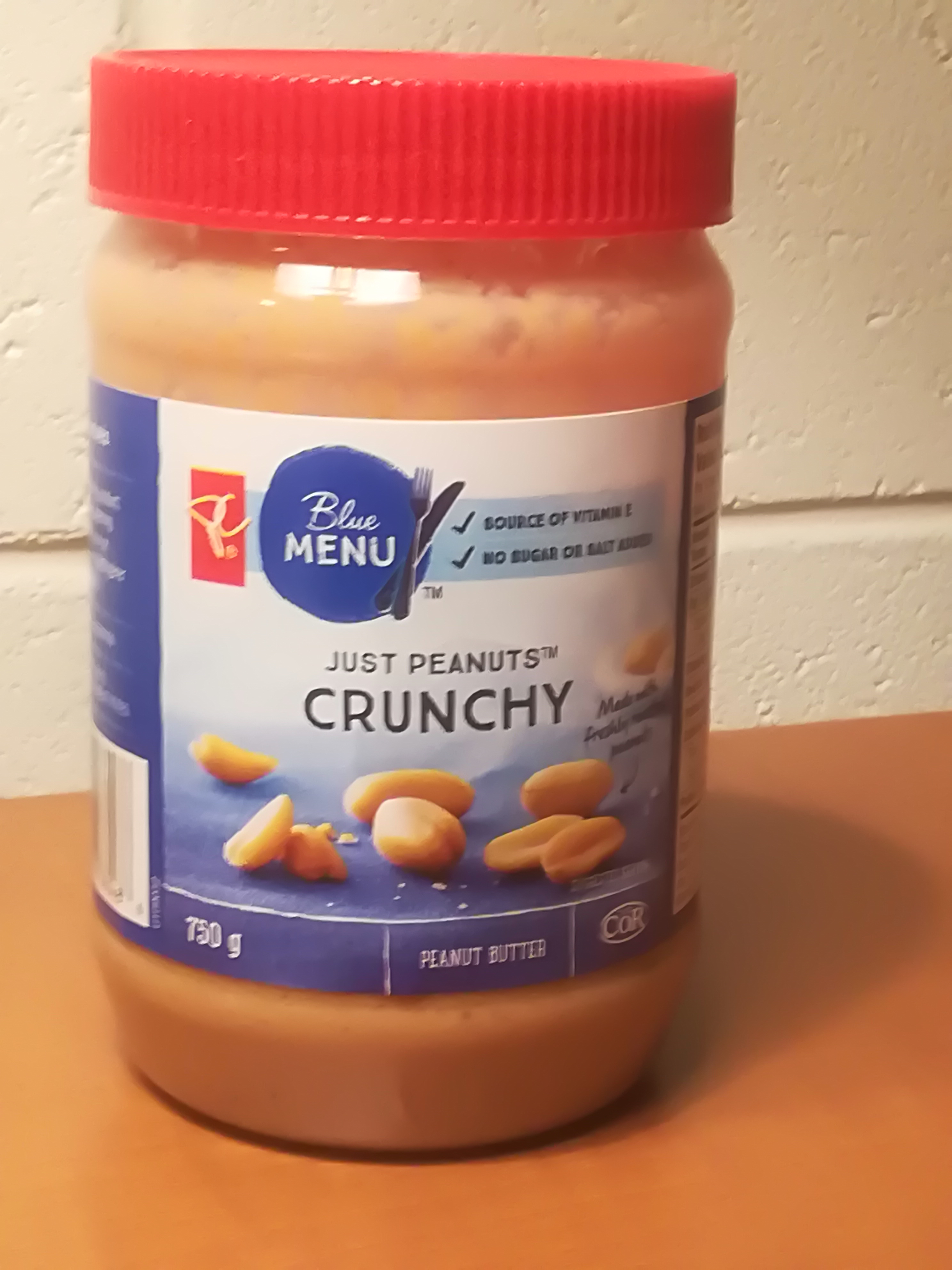
The peanut butter contained 100% peanuts, which means no salt, no sugar, no additives. We enjoyed the crunchy variety, and didn’t mind the separation of the oil, which had to be stirred in. It was all part of the healthy food experience.

One major problem with today’s food stores is the obesity caused by easy access to inappropriate foods. People succumb to temptation. Physically separate people from food, and many of the problems associated with instant gratification will disappear. This too is probably only a half-truth.
Personally, I don’t want to order food. My refrigerator and storage cupboards should be perfectly capably of tracking inventory, and making purchases from an online supplier. My role should only be to make a few supplementary purchases, preferably only within one hour after eating a meal. Don’t worry. Such dictatorial measures will not happen as long as large corporations are profiting from obesity.
One of the objections made to online grocery purchases is an inability to feel produce, things like apples. Yuck, the last thing I want to purchase is an apple that has been touched by 100 different people.
One solution is the use of collaborative robots (cobots) in the food chain. A cobot is “an apparatus and method for direct physical interaction between a person and a general purpose manipulator controlled by a computer.” http://www.foodqualityandsafety.com/article/robots-help-boost-food-chain-productivity/?singlepage=1&theme=print-friendly
Market leader is the Danish company, Universal Robots, with about a 60% market penetration. Collaborative robot arms belong to an emerging new class of industrial robotics that can operate outside of safety enclosures alongside employees.
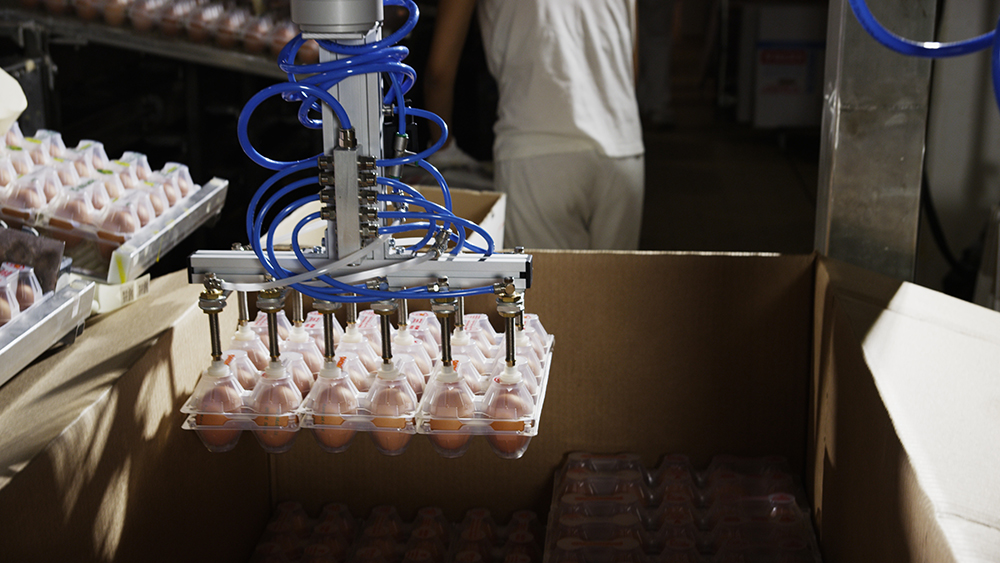
Soft Robotics is also making an impression in the market, because their tools can delicately pick and pack food products.
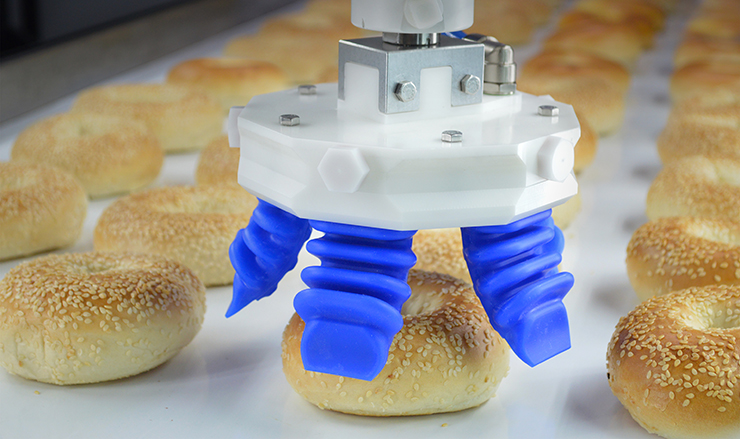
London based, but with its Engineering department in Tallinn, Estonia, Starship Technologies has launched a nine-month pilot program to test out the Starship’s robots on public sidewalks in Redwood City, California. It partnered with food-delivery service Doordash to have its robots transport meals from restaurants in Redwood City’s downtown area. Starship’s robots move just slightly faster than walking speed, about 6 kmh, and they have a range of 3 km. During this testing phase, Starship uses living employees to babysit robots on deliveries. Their ultimate goal is to drive down the costs to less than $2 per delivery. If food deliveries are successful, the company hopes to quickly expand its business to handle grocery trips and delivering parcels.

The Swiss company, TeleRetail, is testing delivery bots in Mountain View. The robots are designed to offer a for-hire service that can be adapted to various tasks. Their business model is based on the Zipcar: anybody can use the robots to run whatever errands they want. They offer a complete logistics platform that enables them to integrate any mode of transportation.
Myrmex is launching an unmanned grocery delivery system using mobile robotic units. It is capable of delivering an online order just seconds after customer arrival at a pick-up point. The system is called CPS for Curbside Pickup System. Each online order is put into a plastic box which is then placed on a wire frame (pod) with a capacity of 20 boxes. According to Myrimex, more than 50 percent of the online grocery shoppers (young families with children, working people with irregular schedule) are reluctant to choose home delivery because of the challenges in meeting a timeslot. Click & collect gives users advantages in terms of personal time management, and lower costs. http://www.myrmex-inc.com/
Some of the proposed delivery solutions may also turn out to be half truths. Daffy Marmot, for example, feels that many (male) technologists have underestimated the social value of shopping.
About the Author: Proton Bletchley is Chief Scientist at Unit One. He is also heading a program leading to a Wonderment Diploma in Mechatronics & Robotics, from Ginnunga Gap Polytechnic. This is not just a half-truth, it is a non-truth.
The Charm of 638 MacKenzie Avenue





